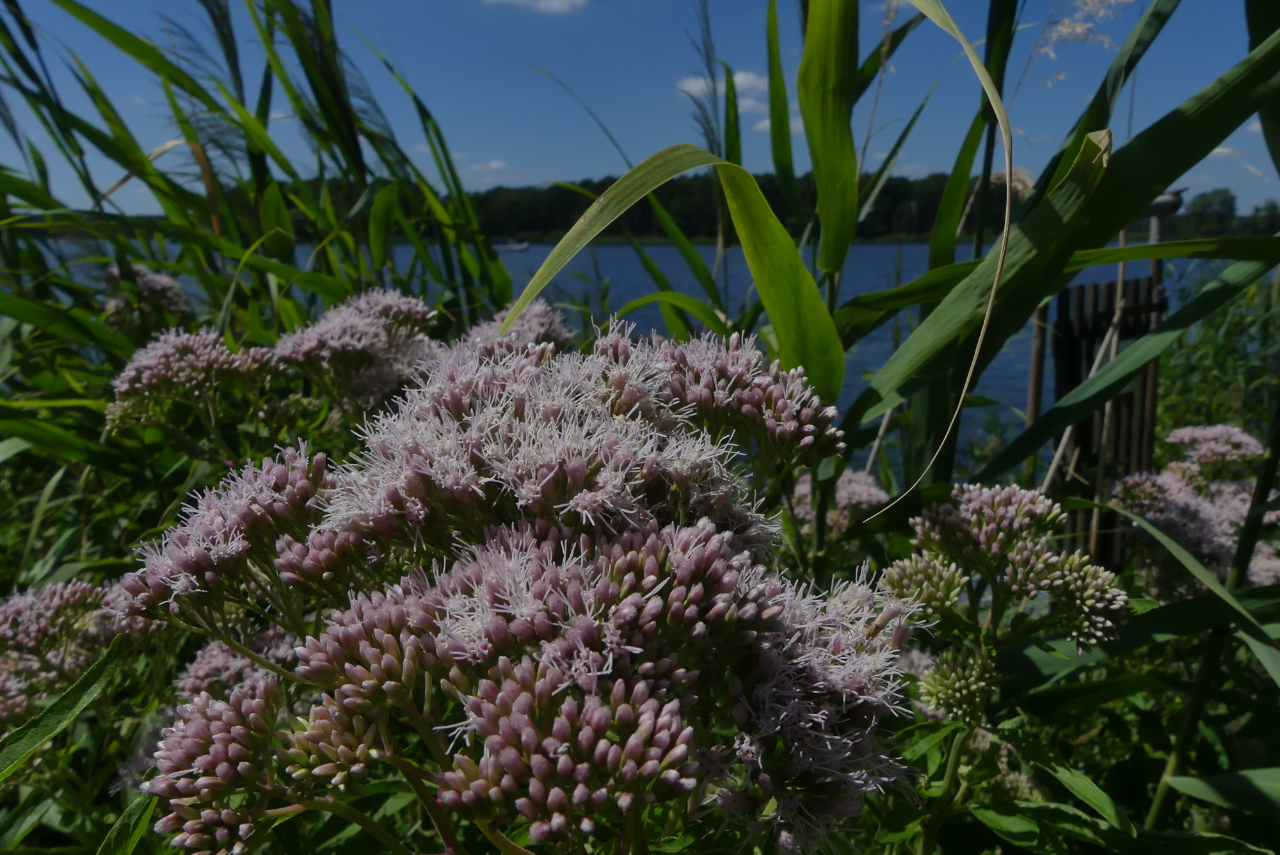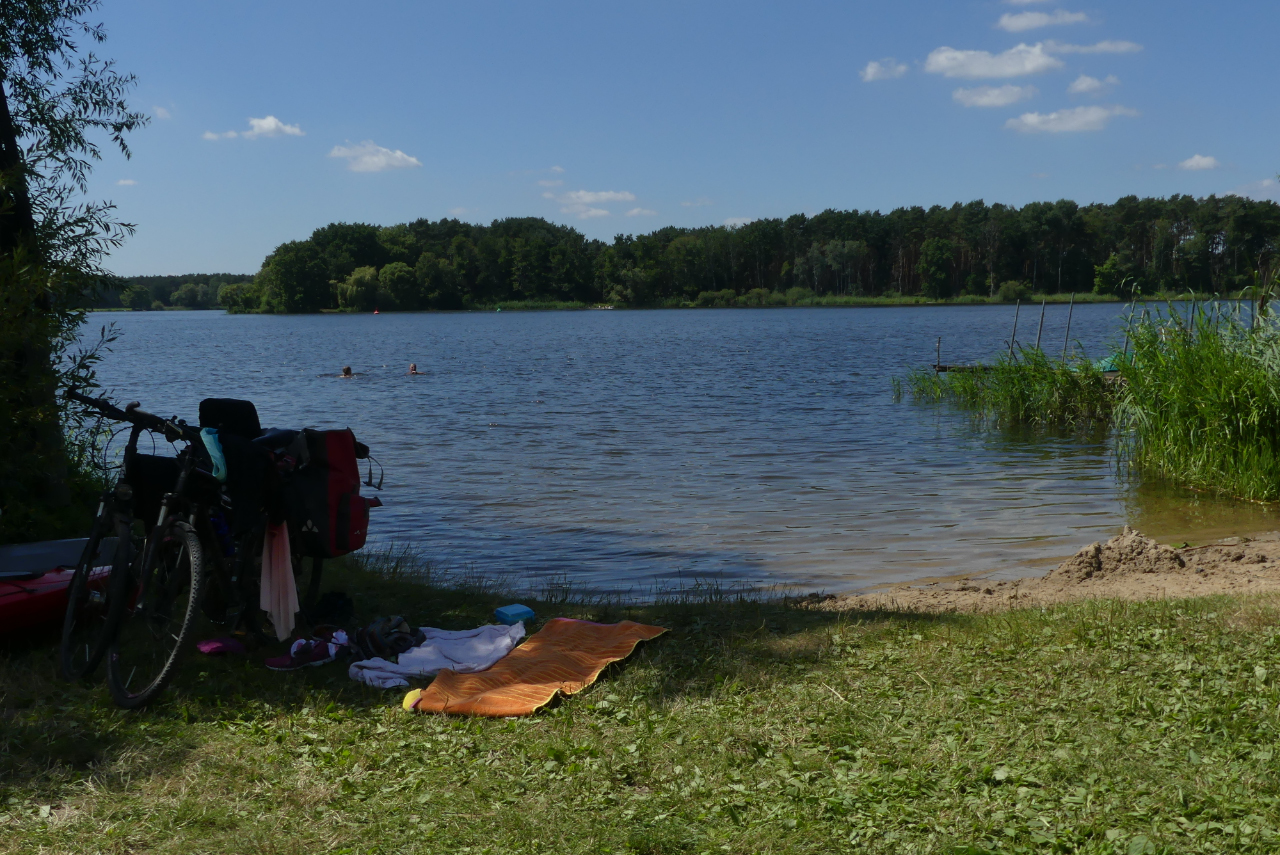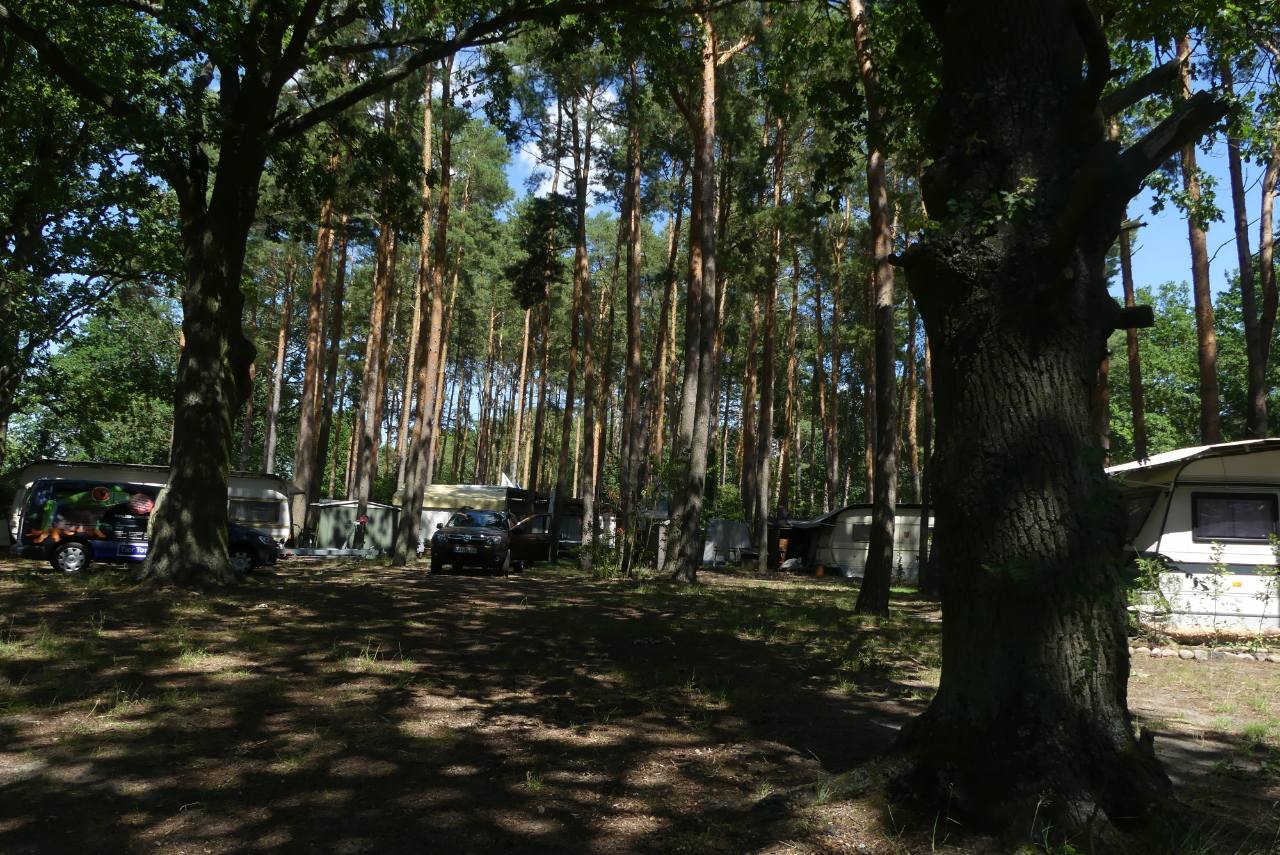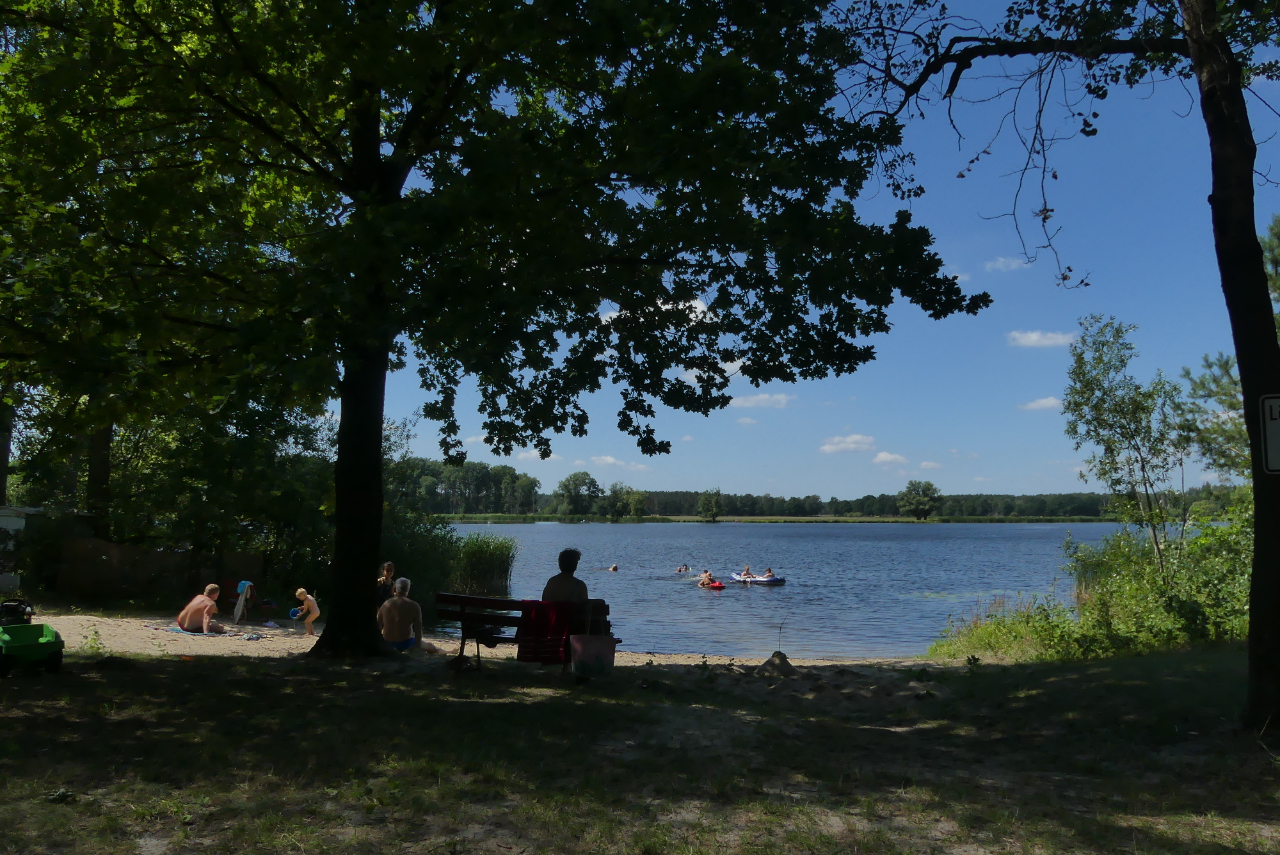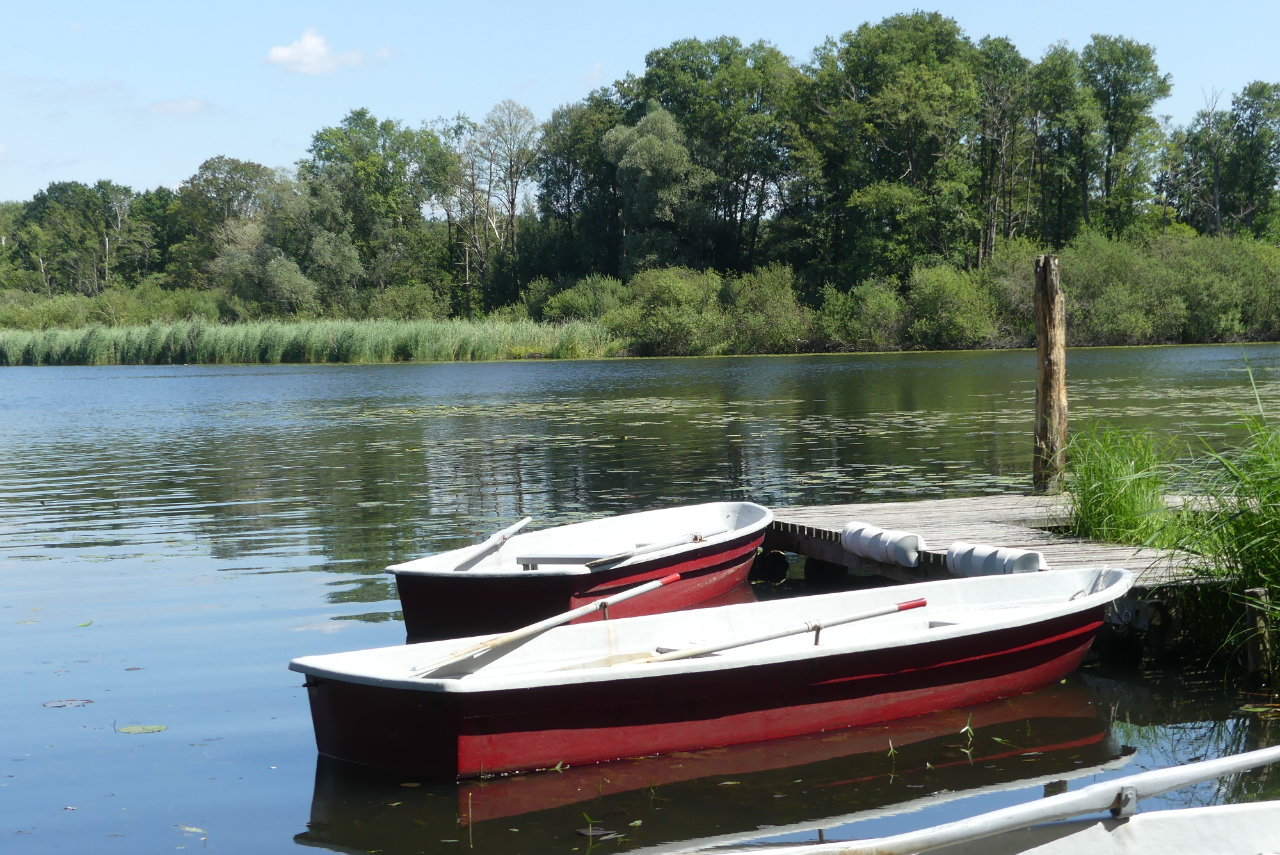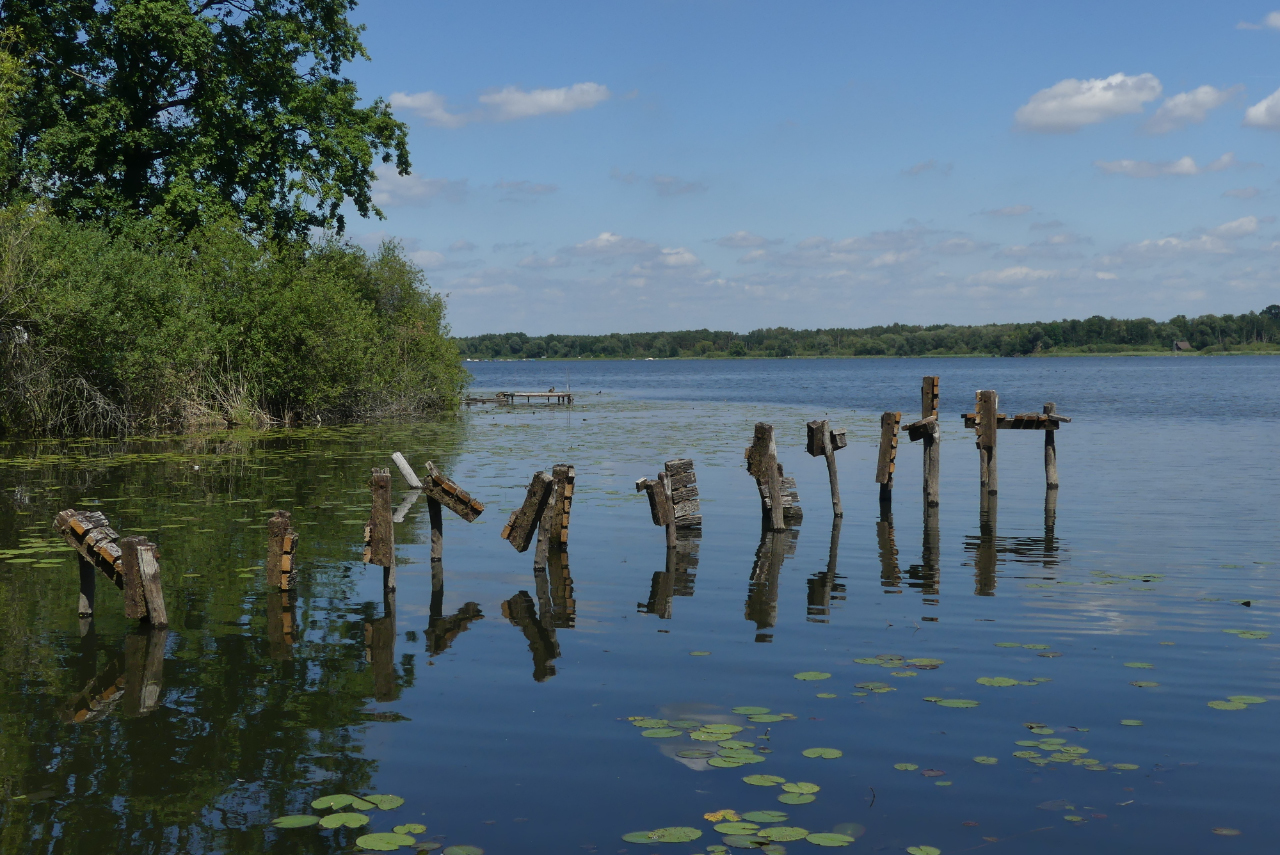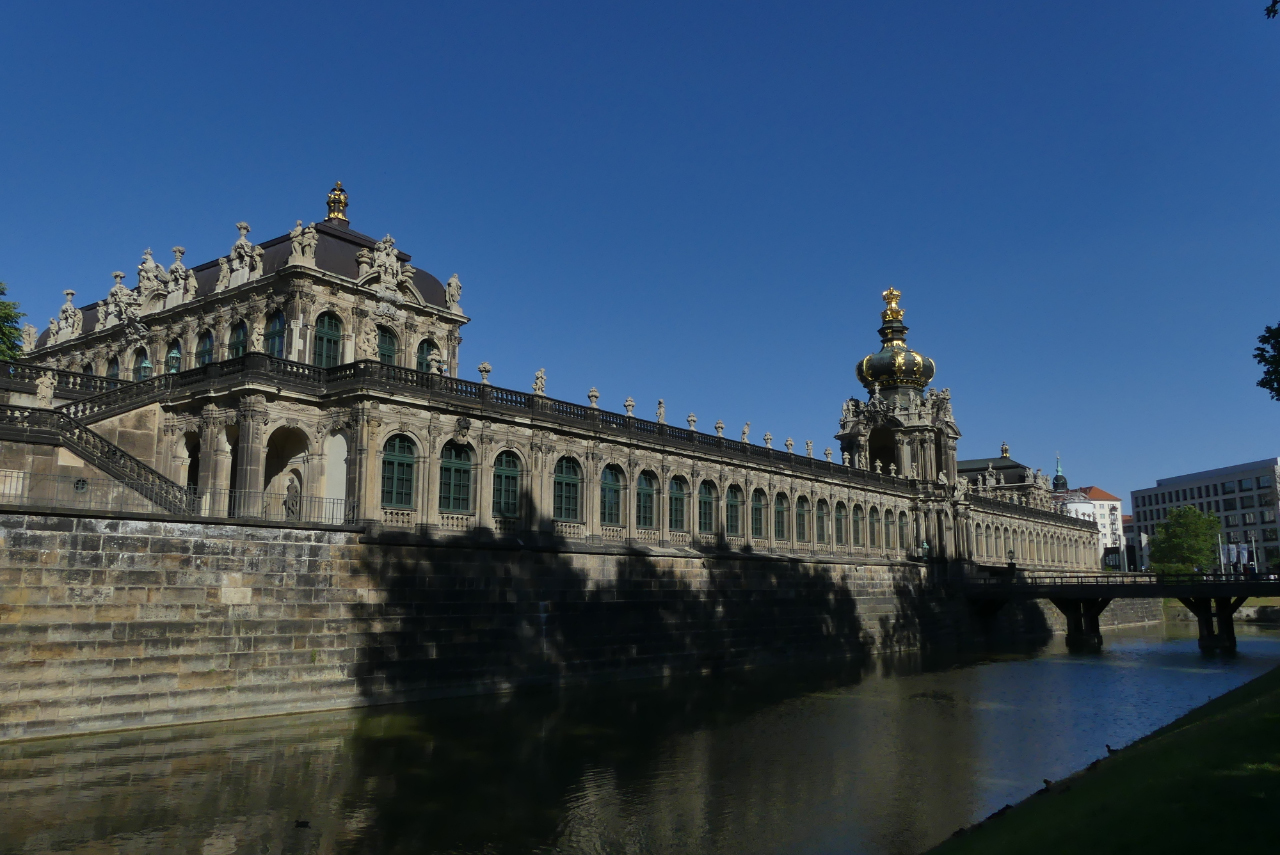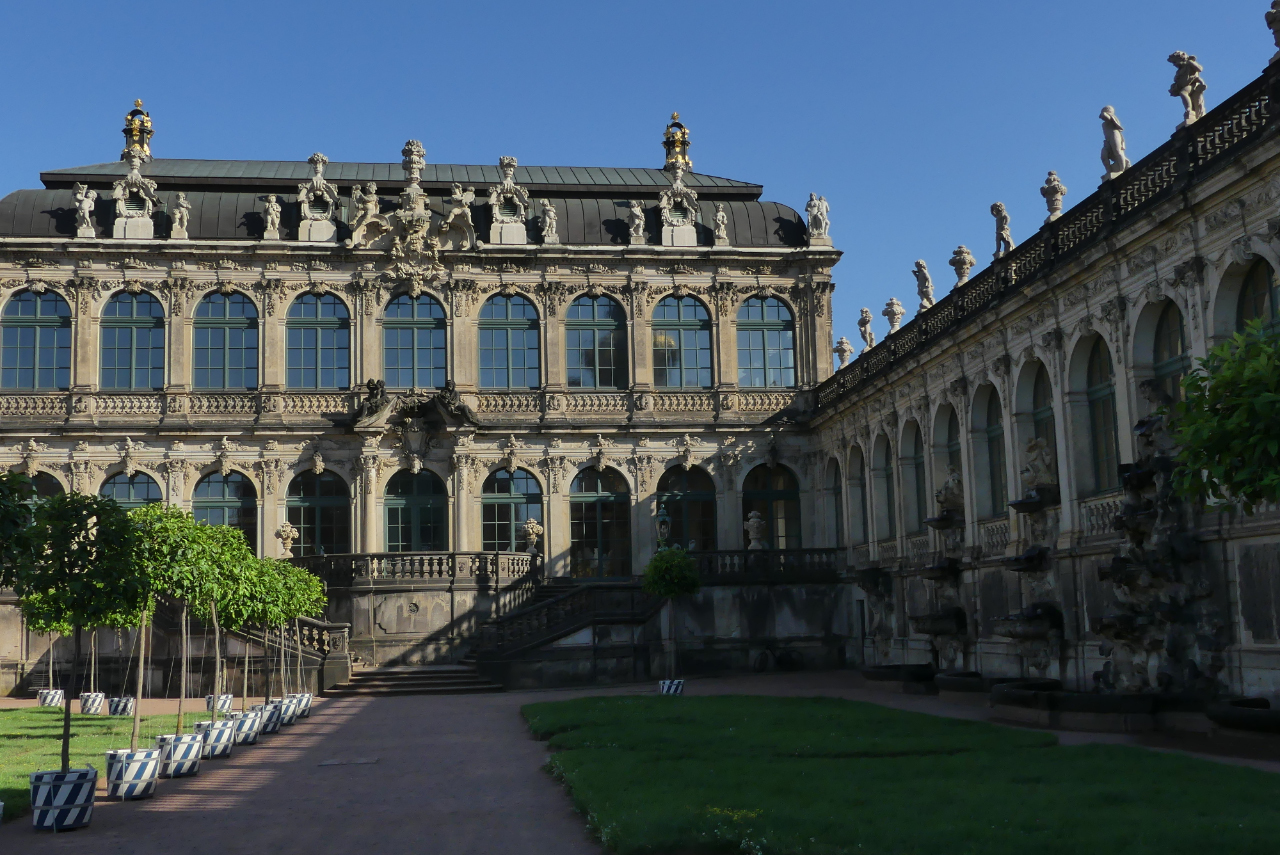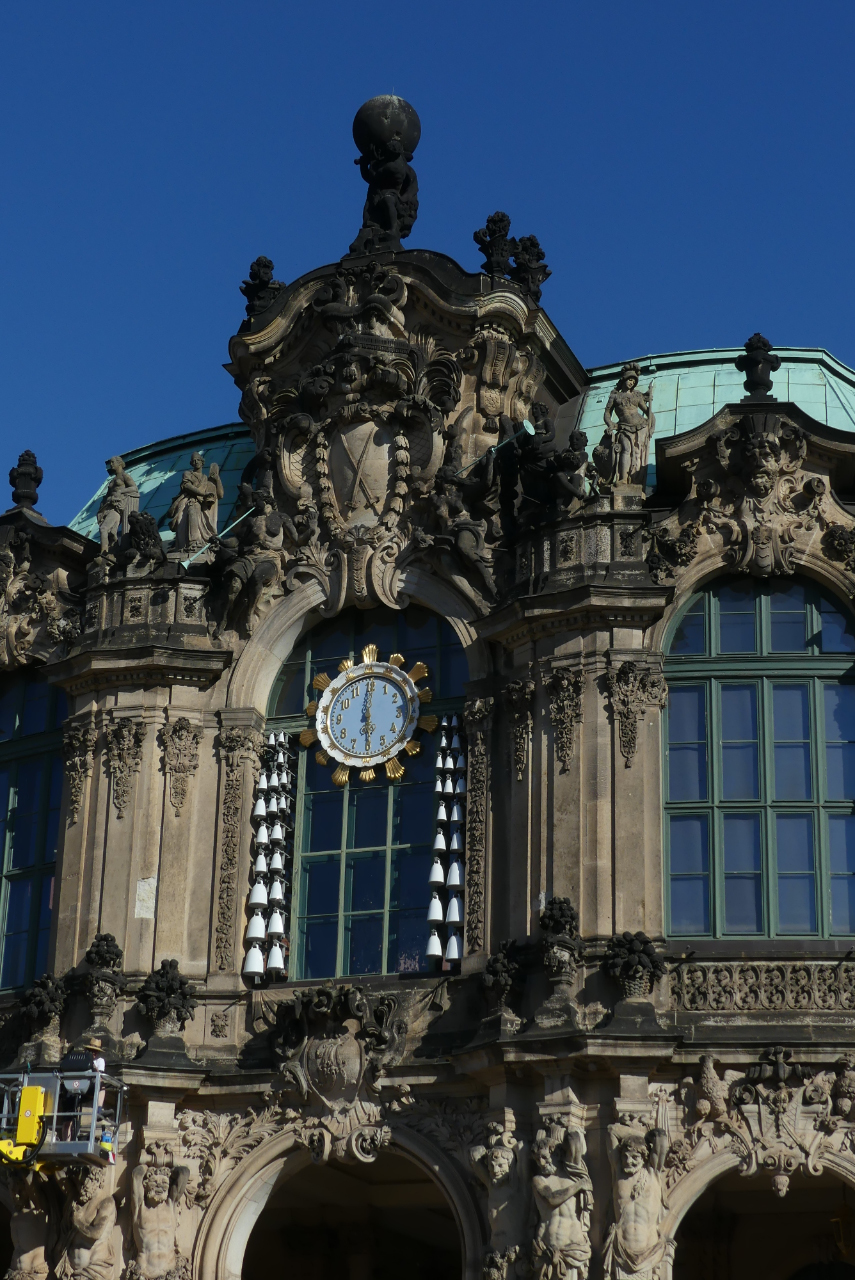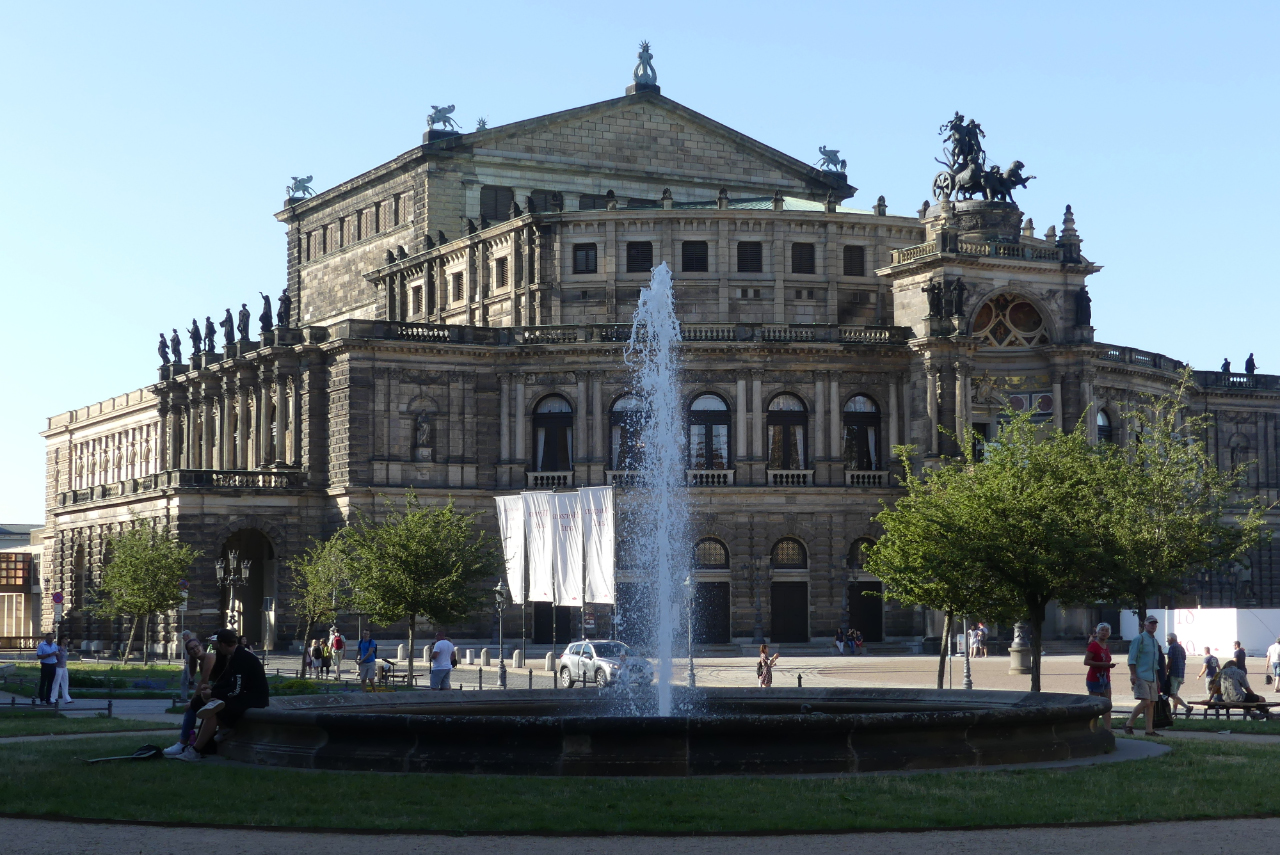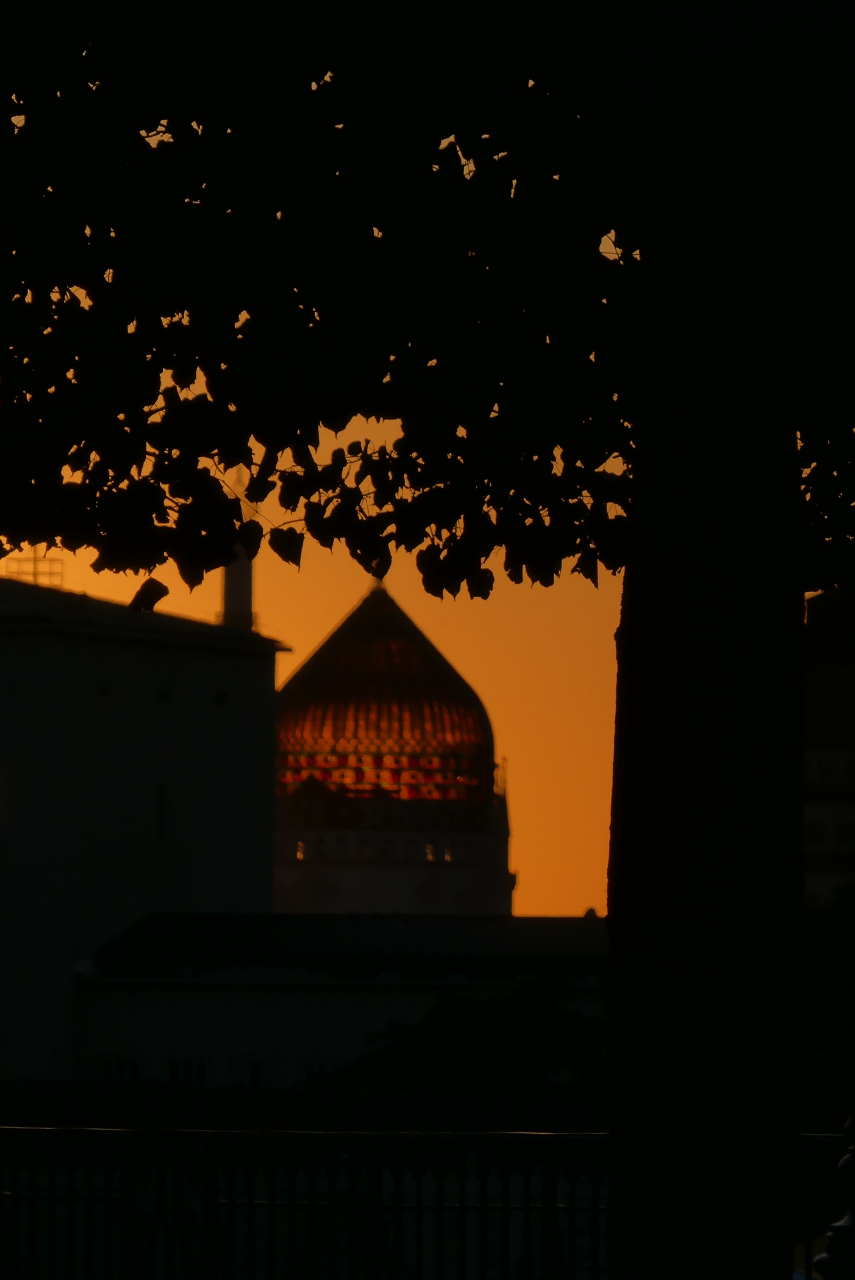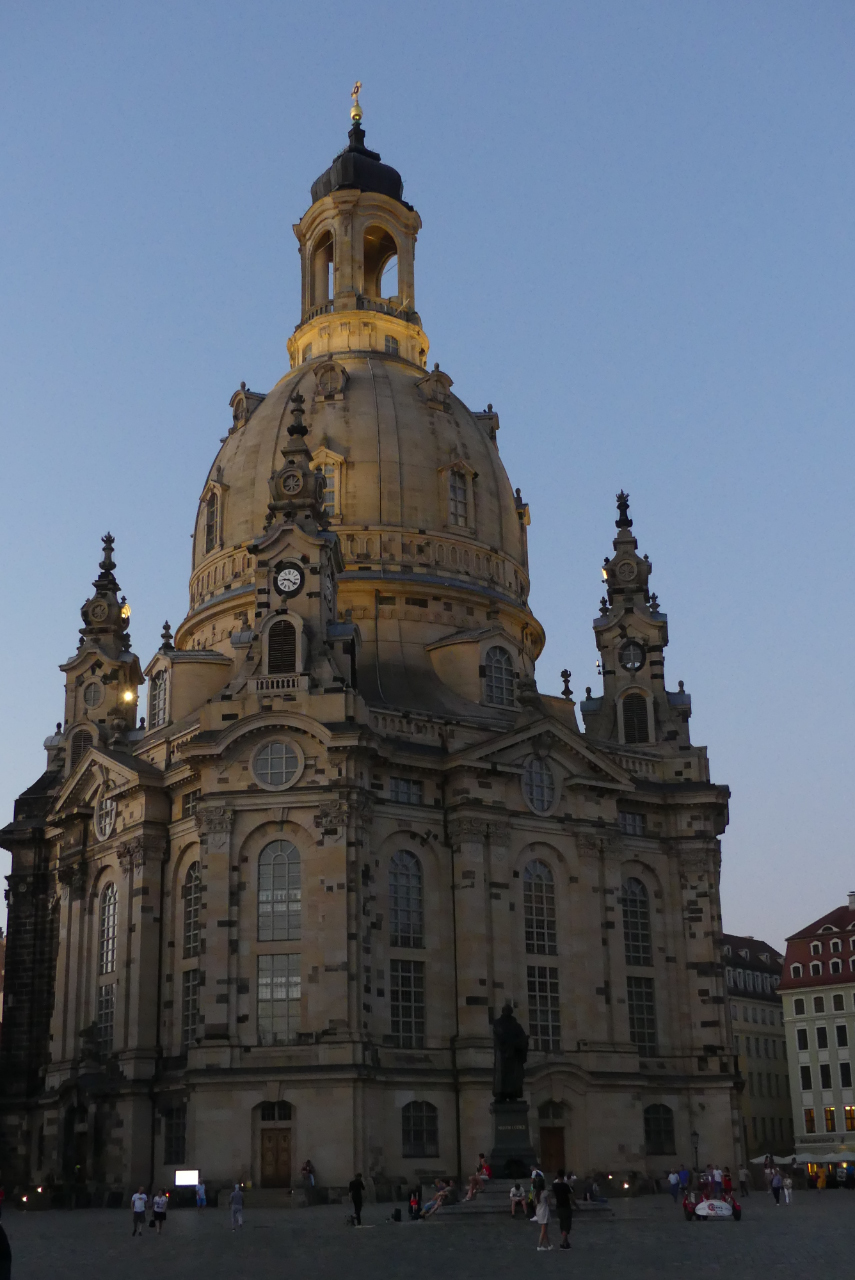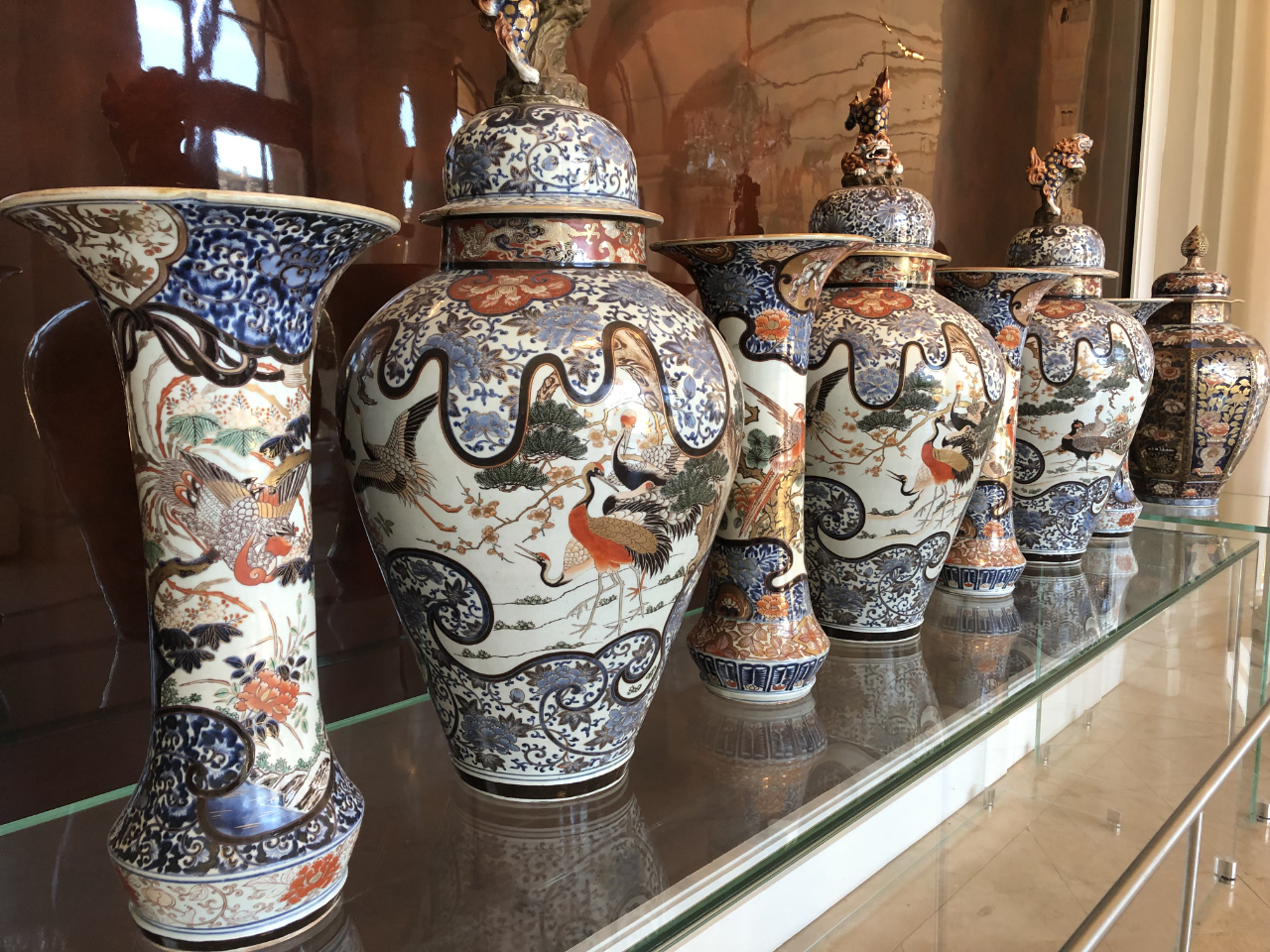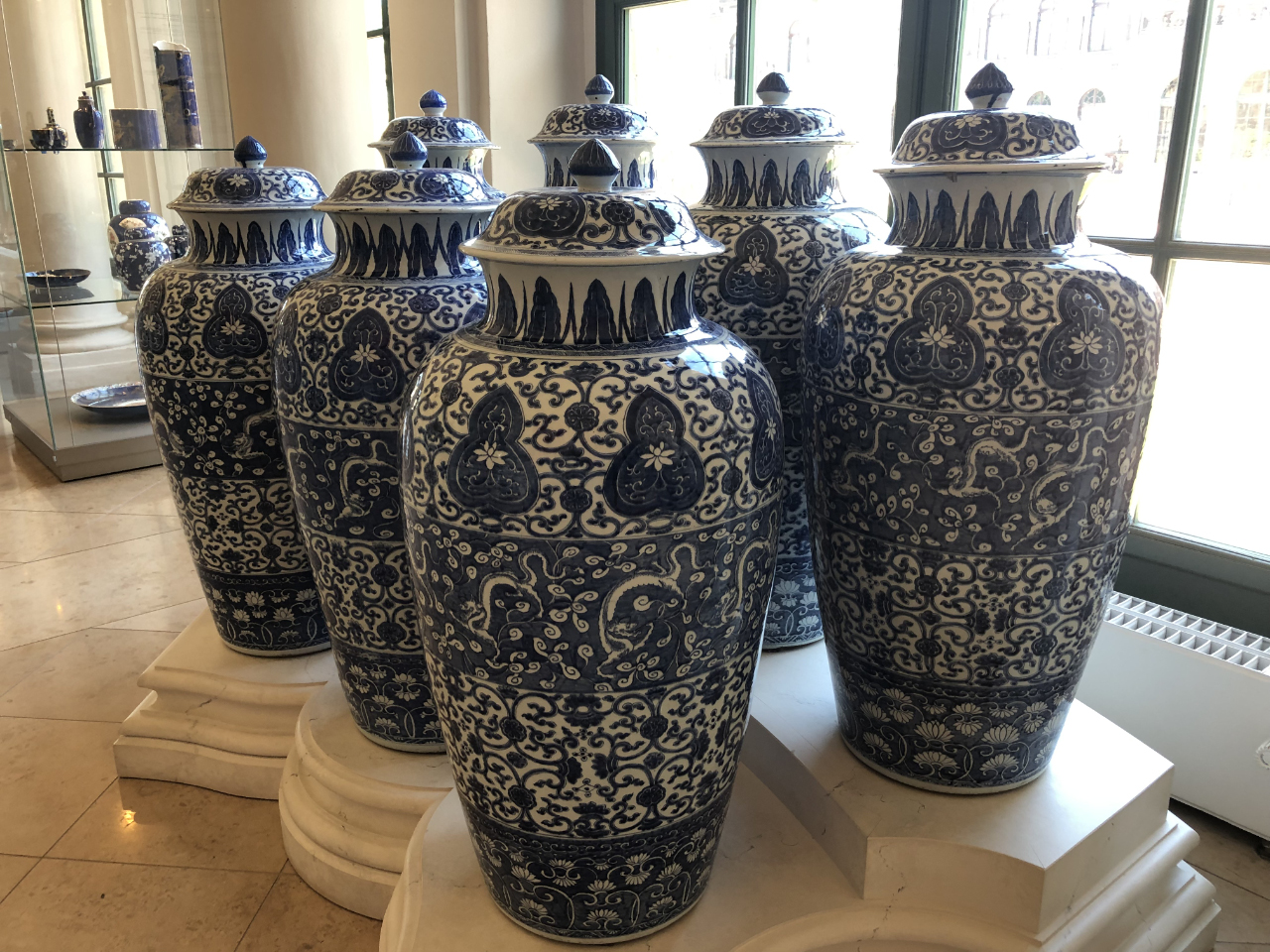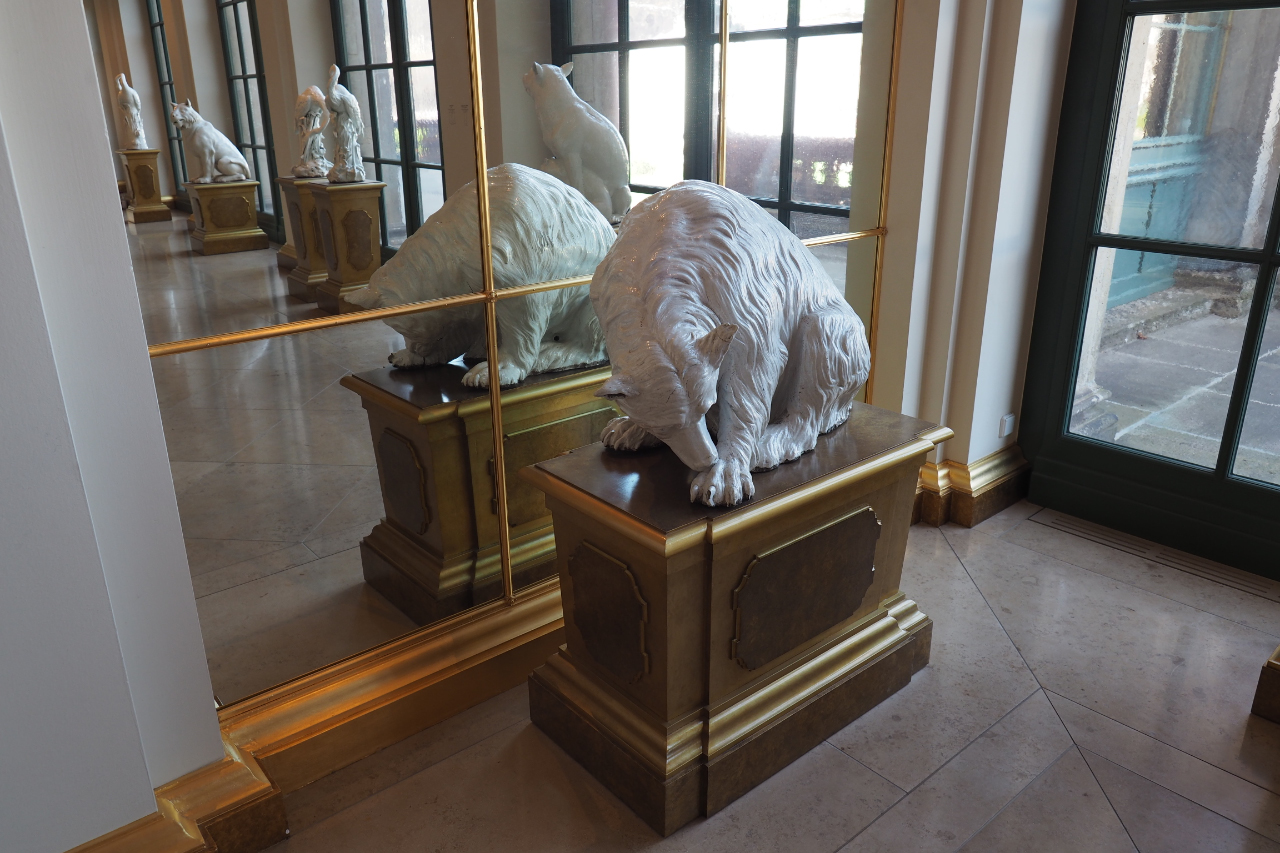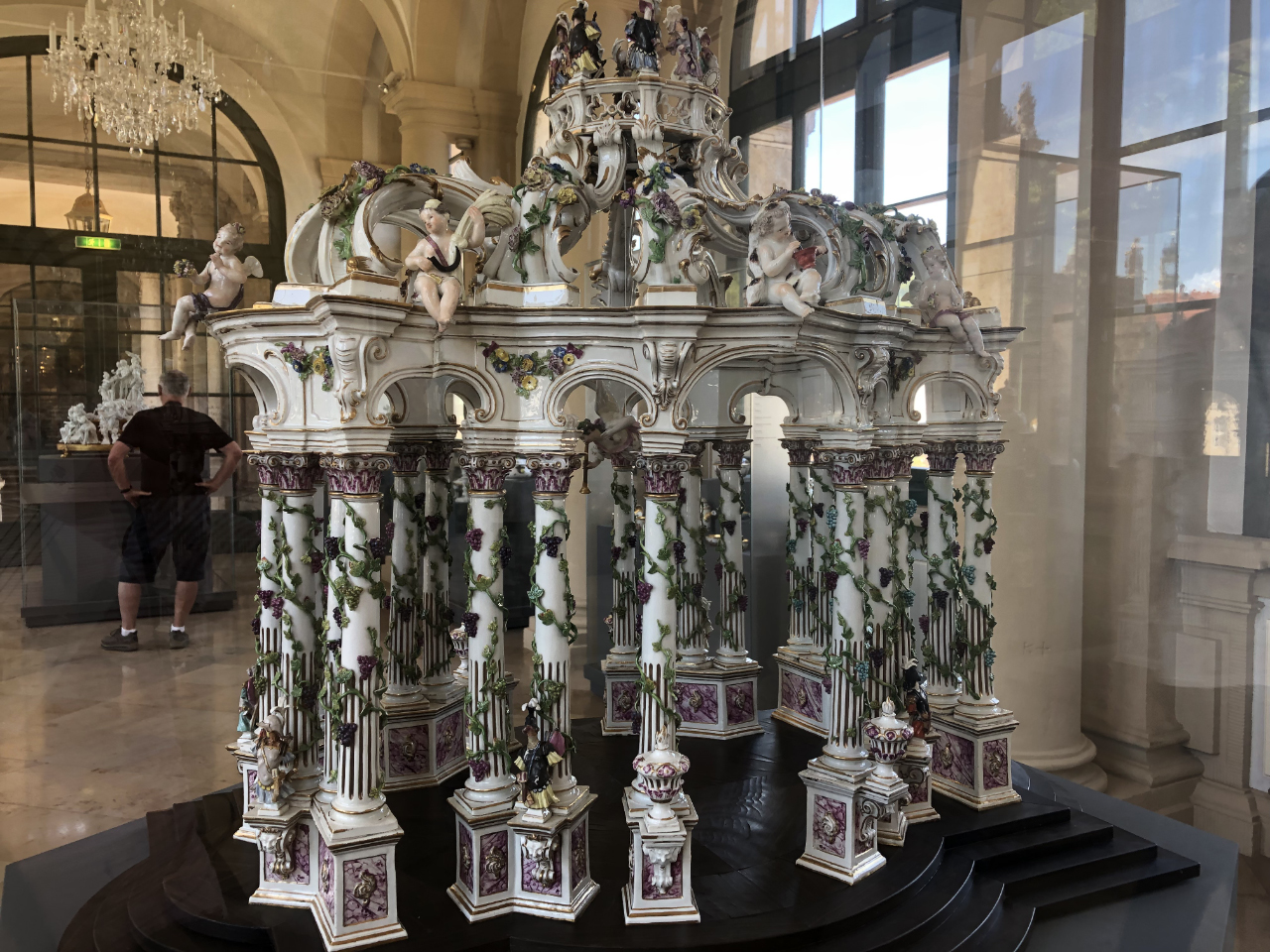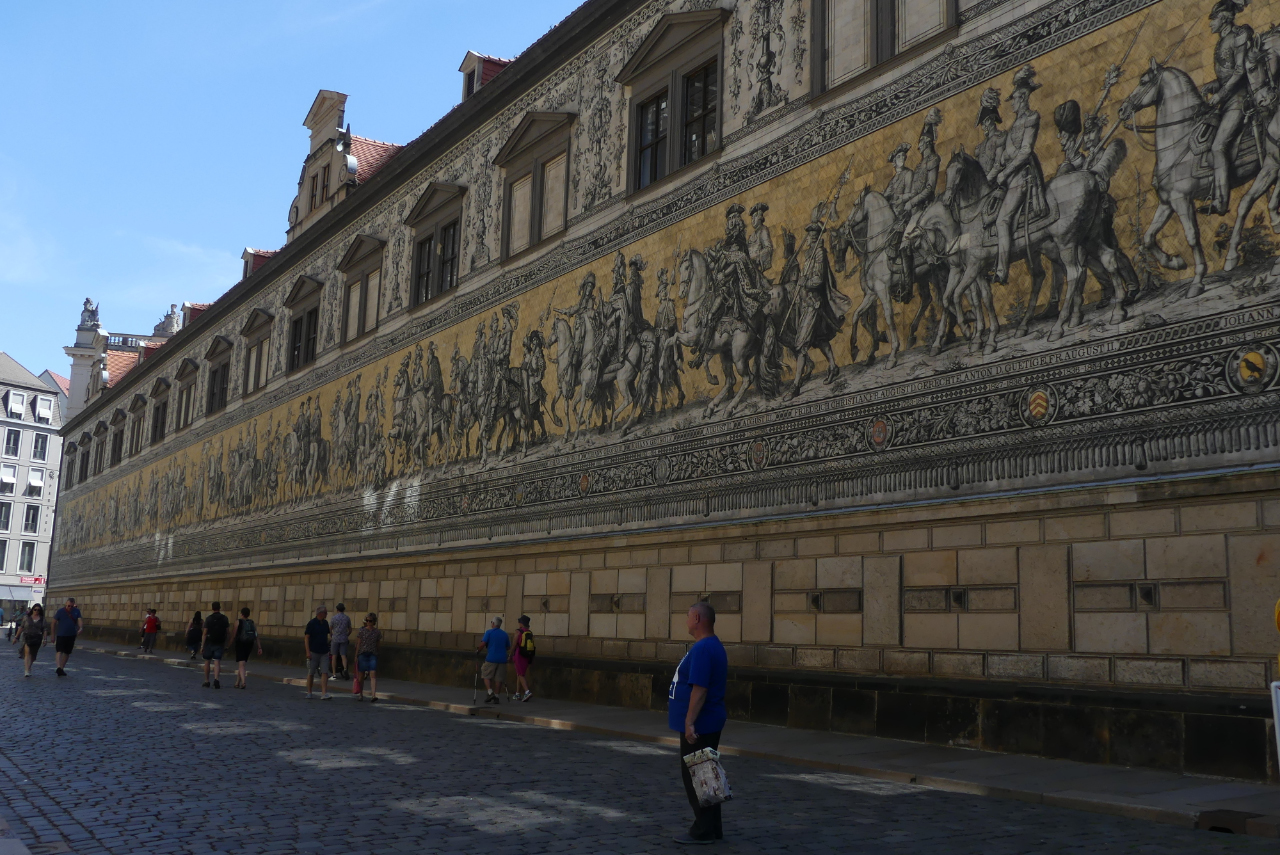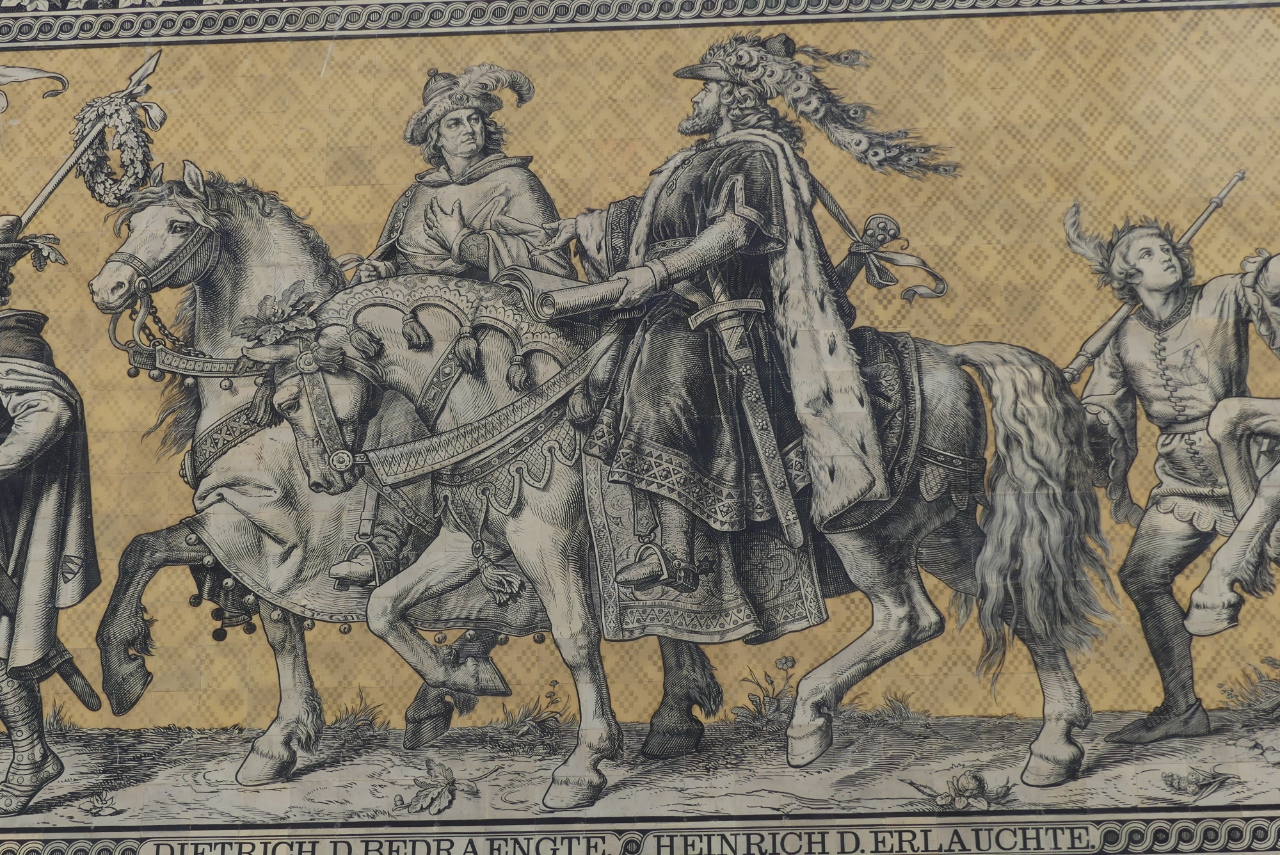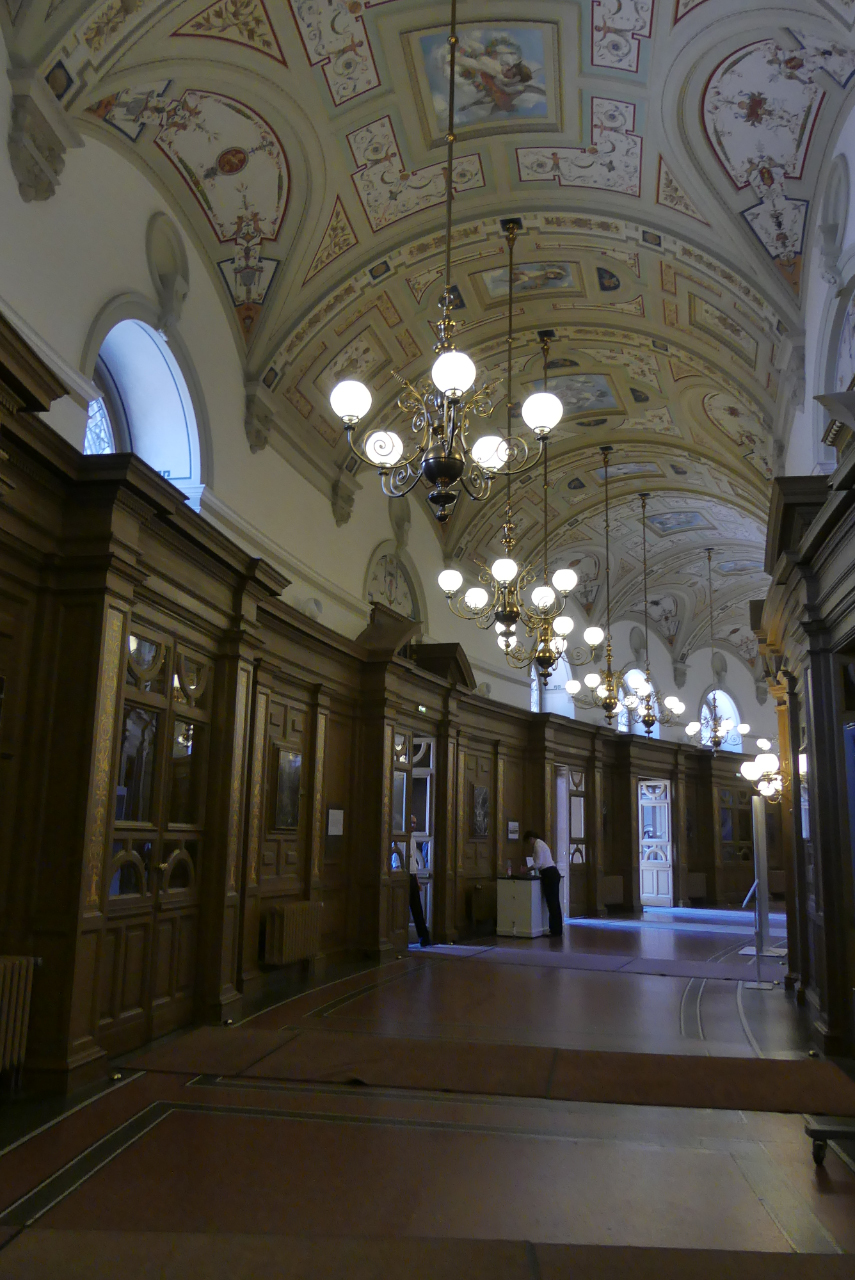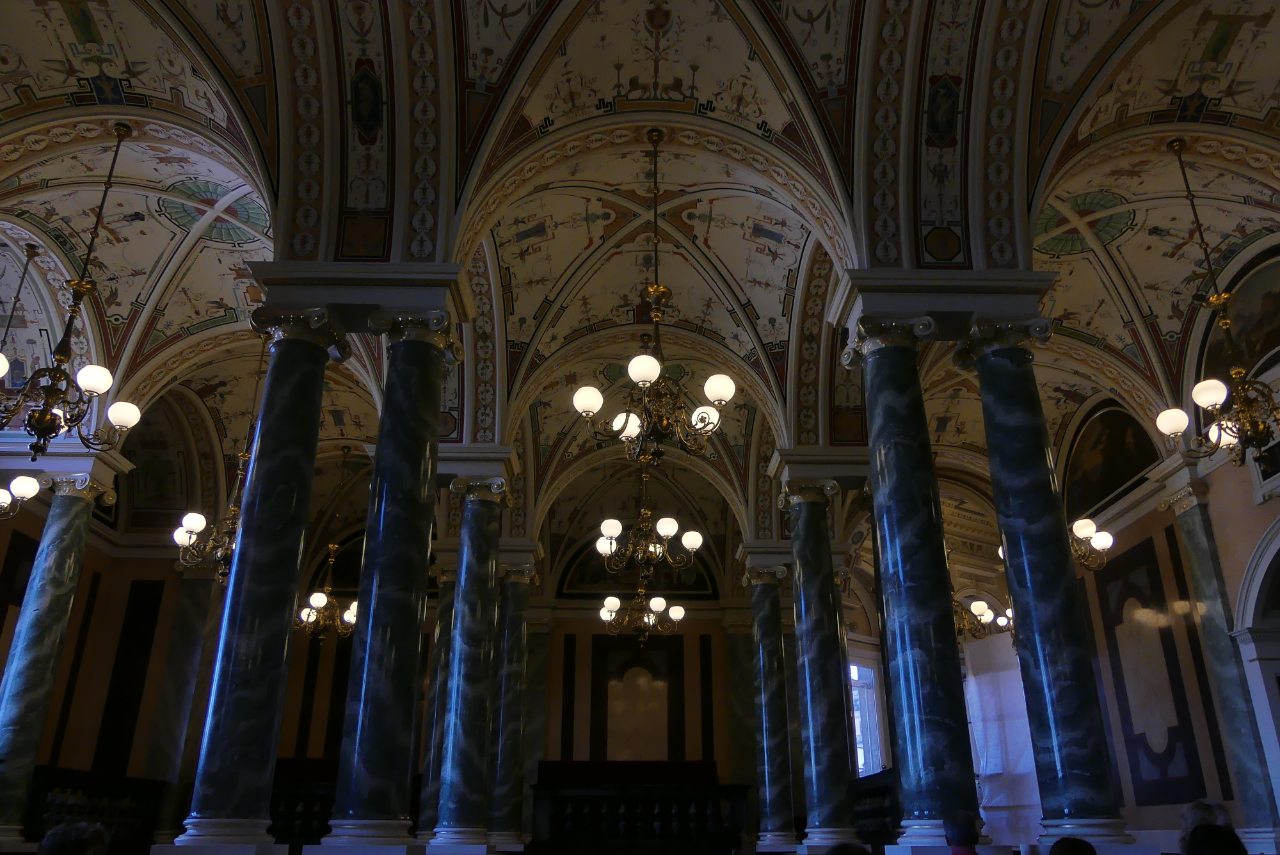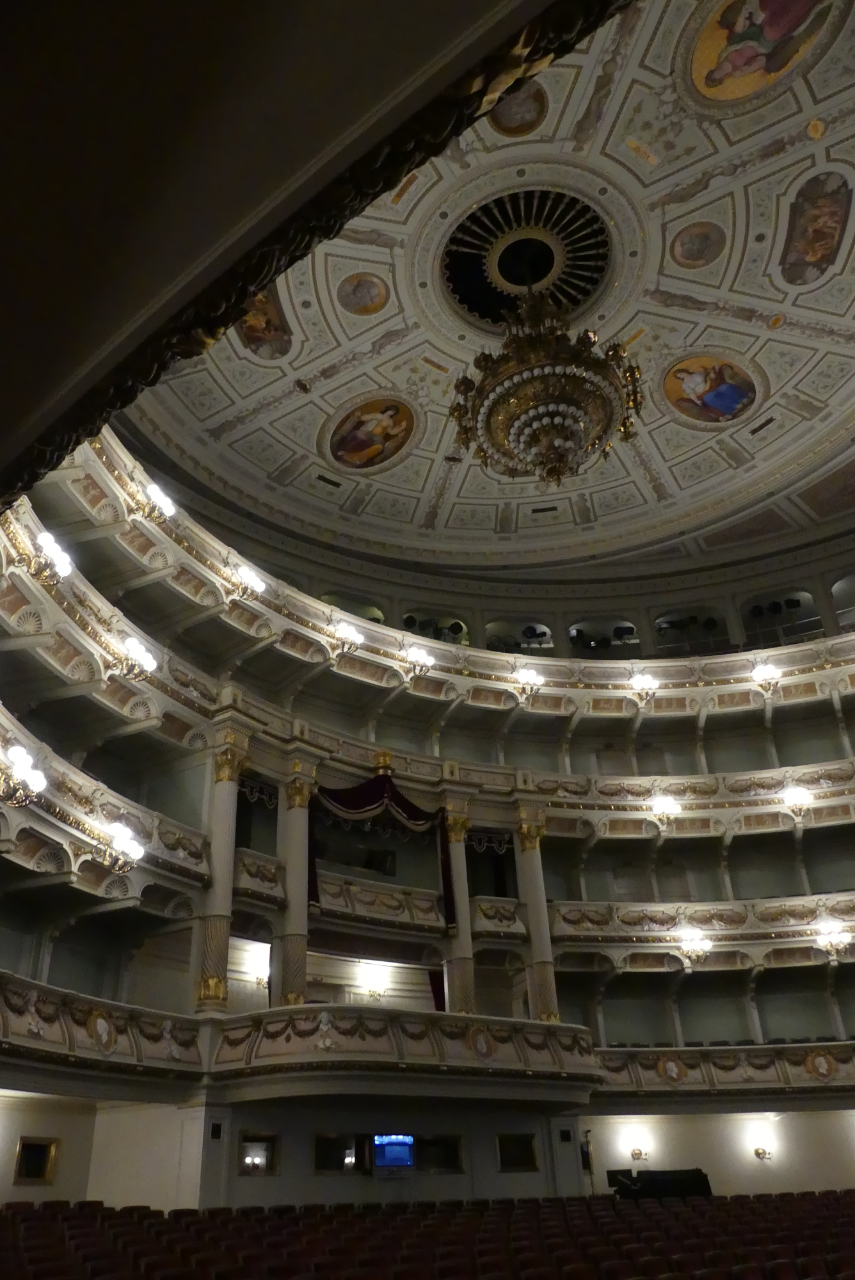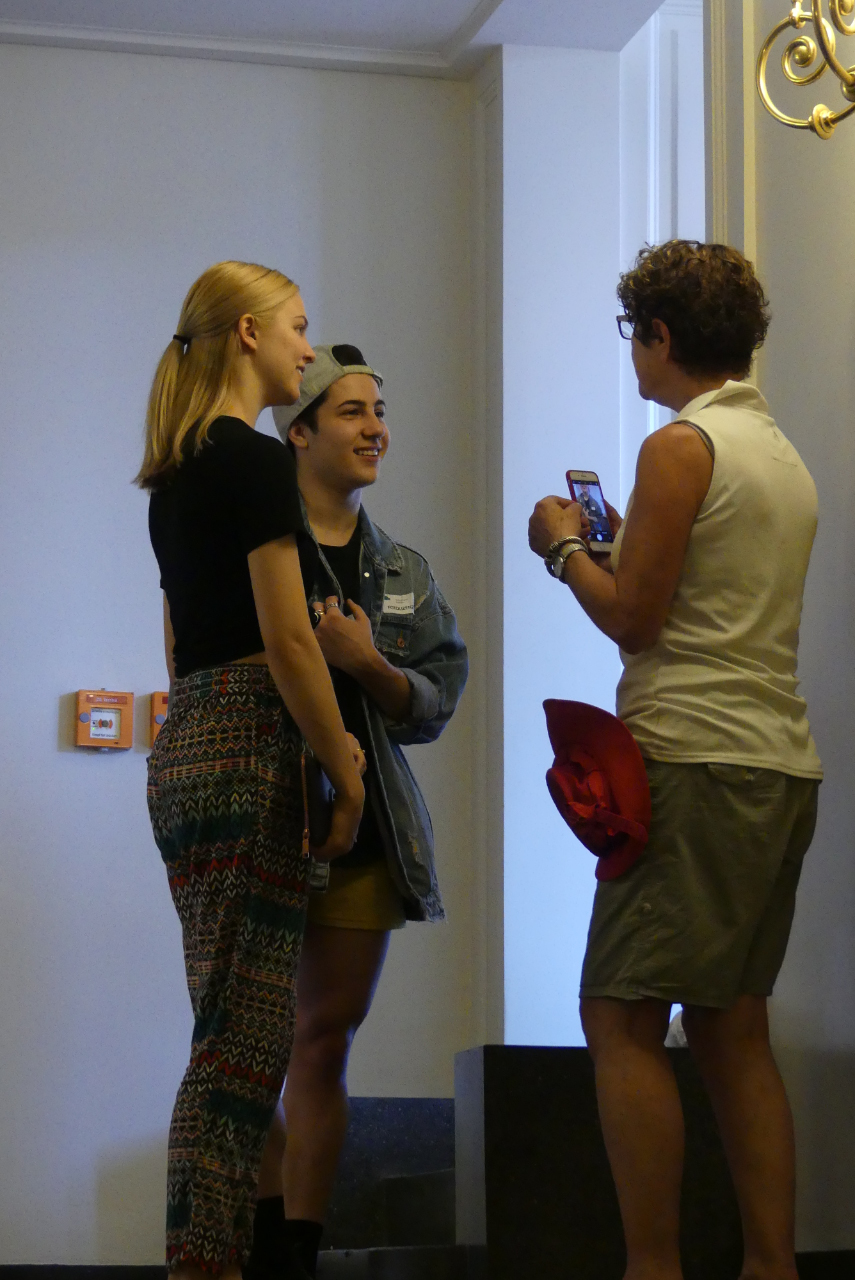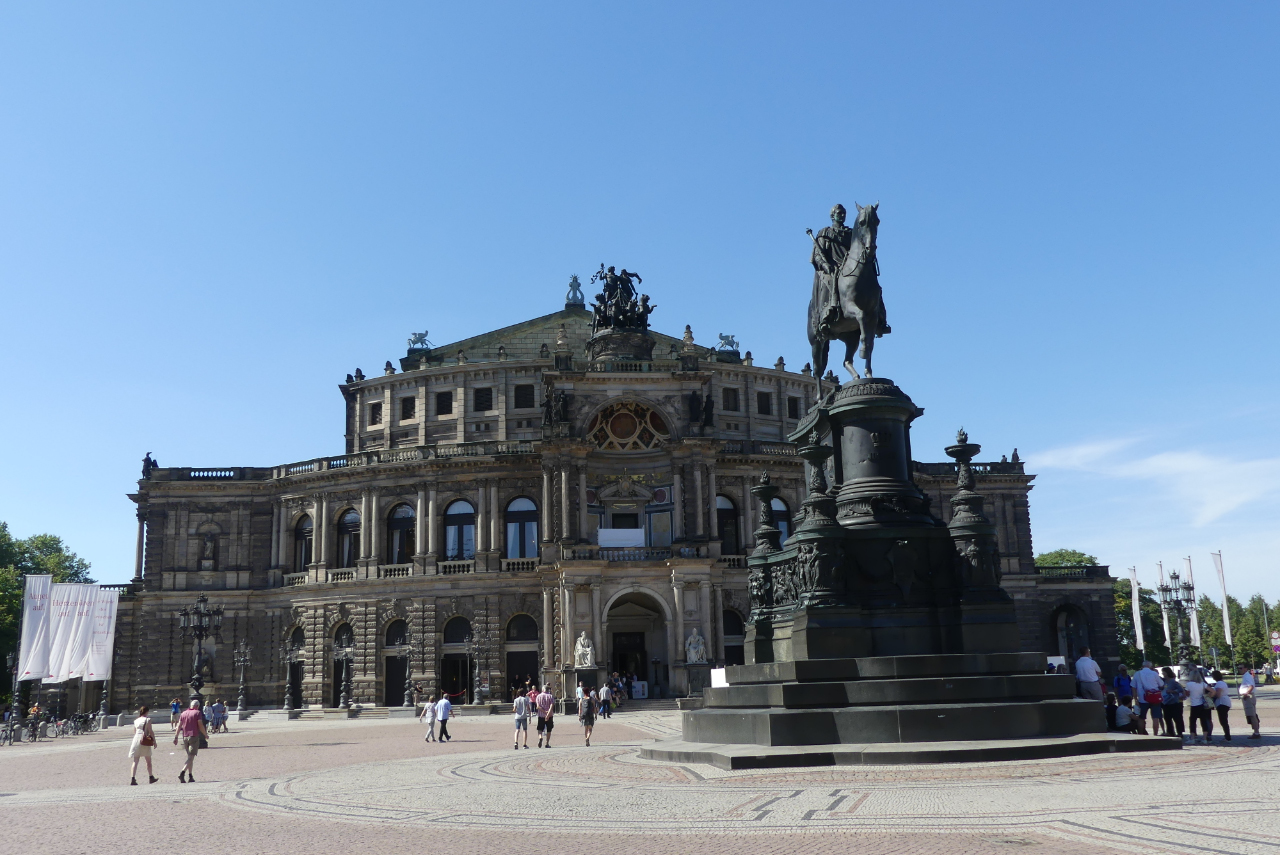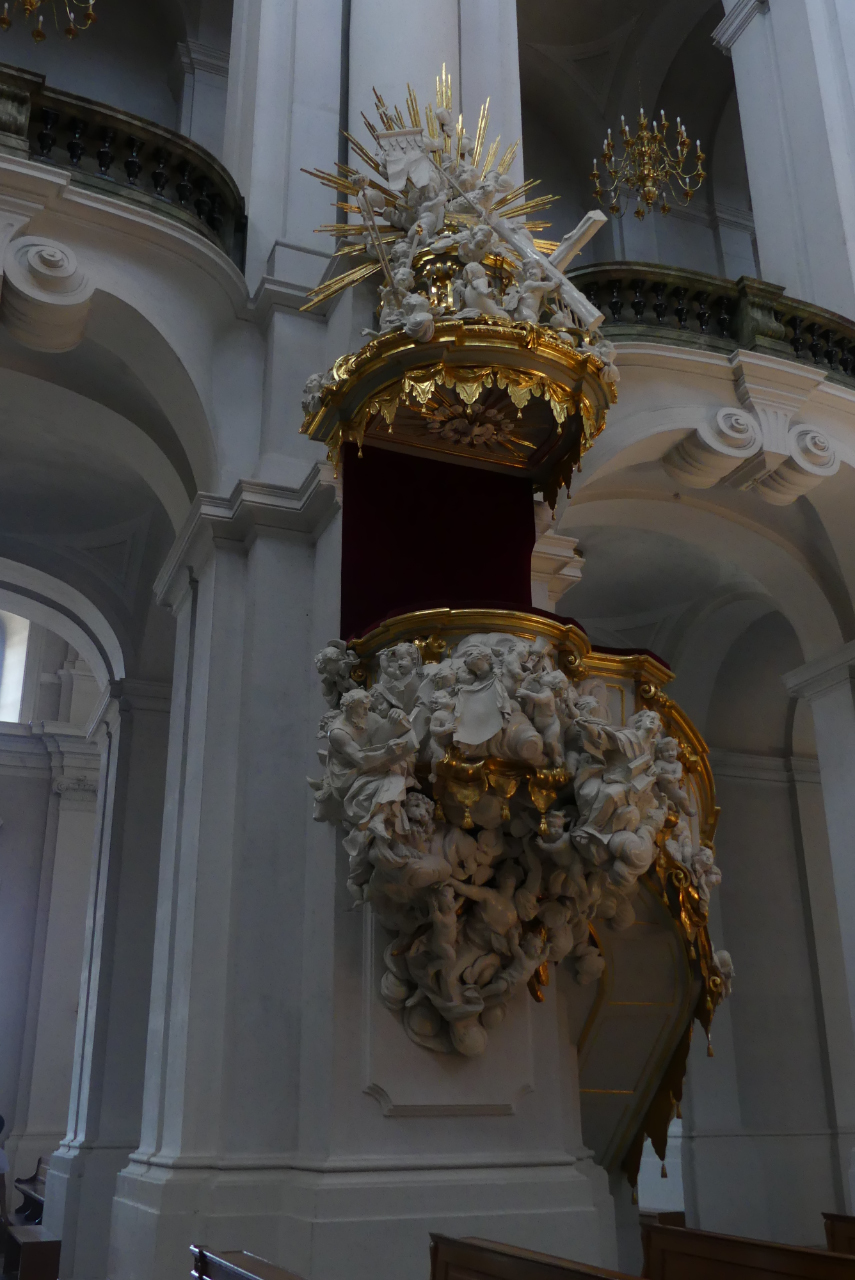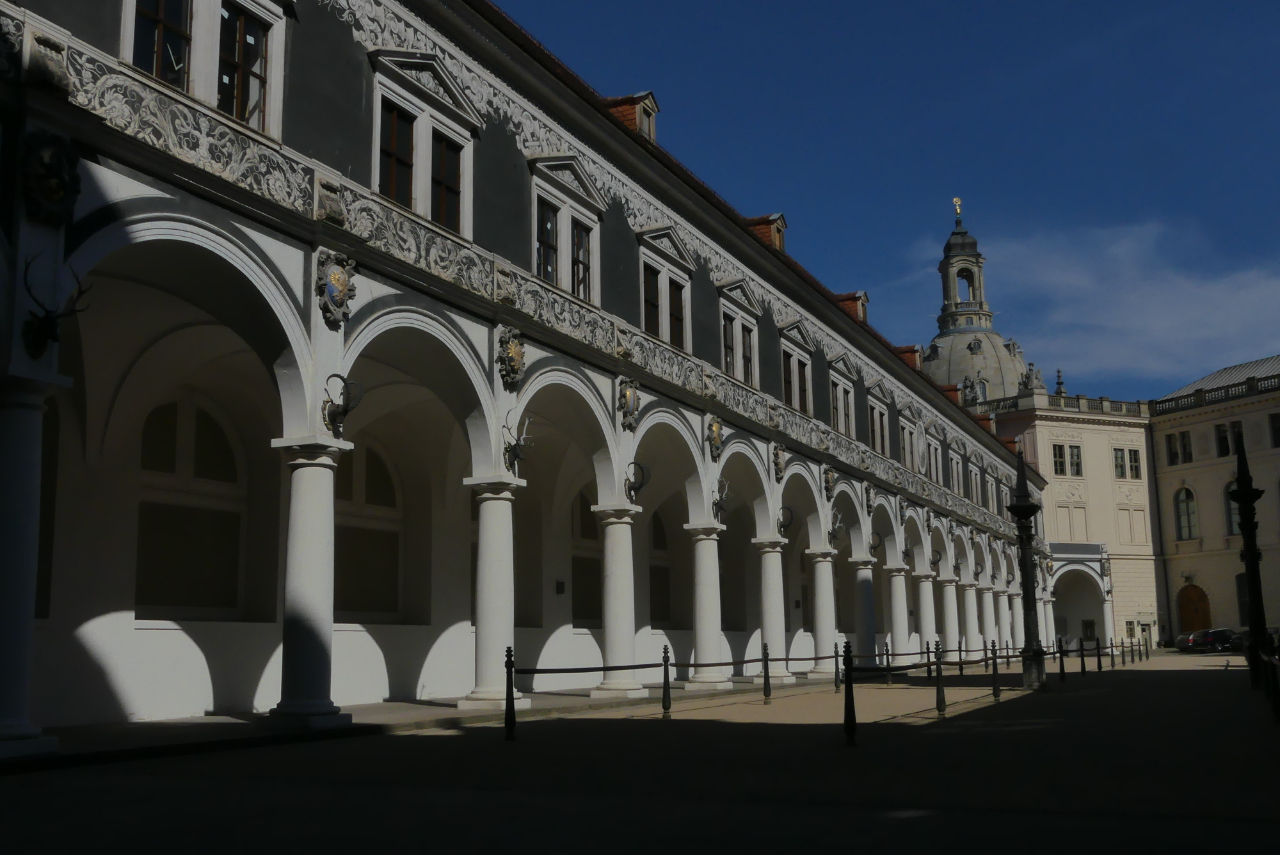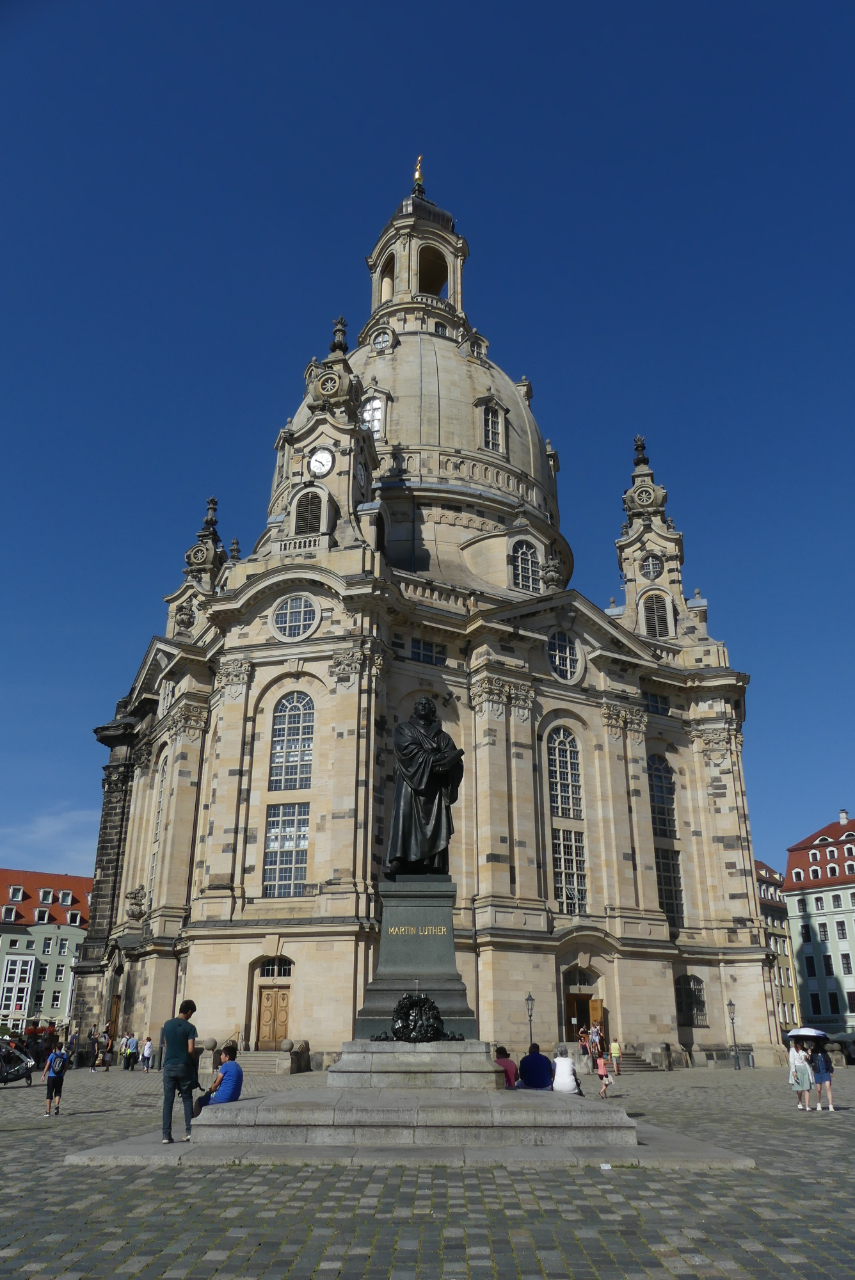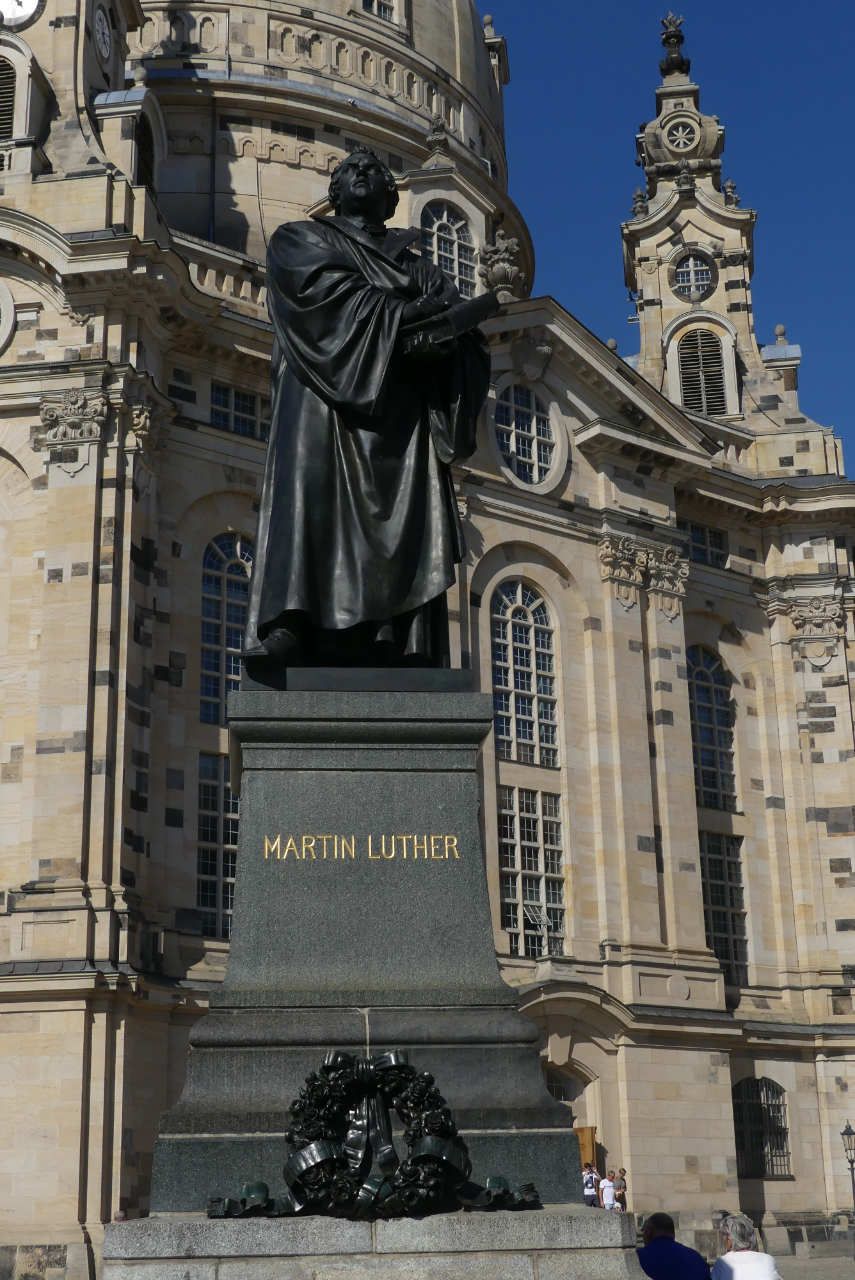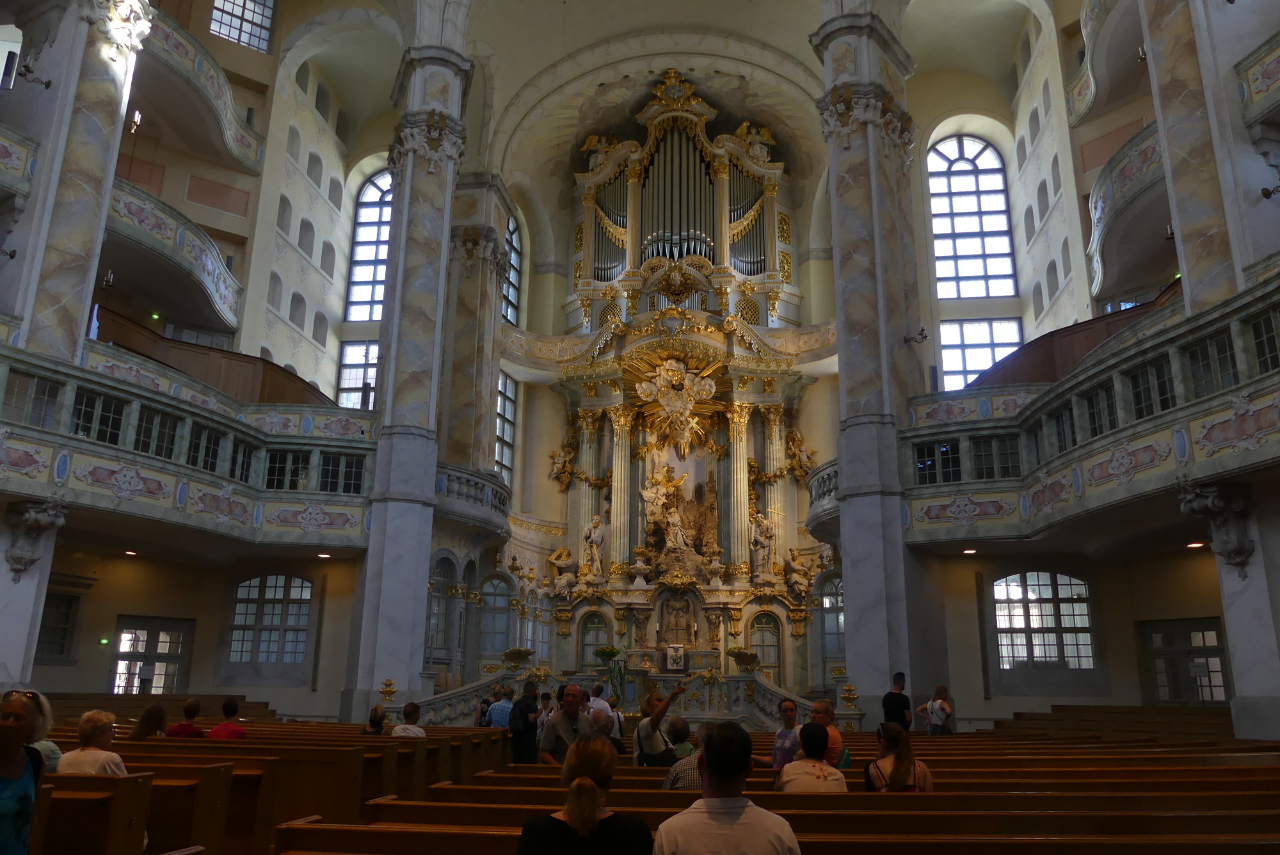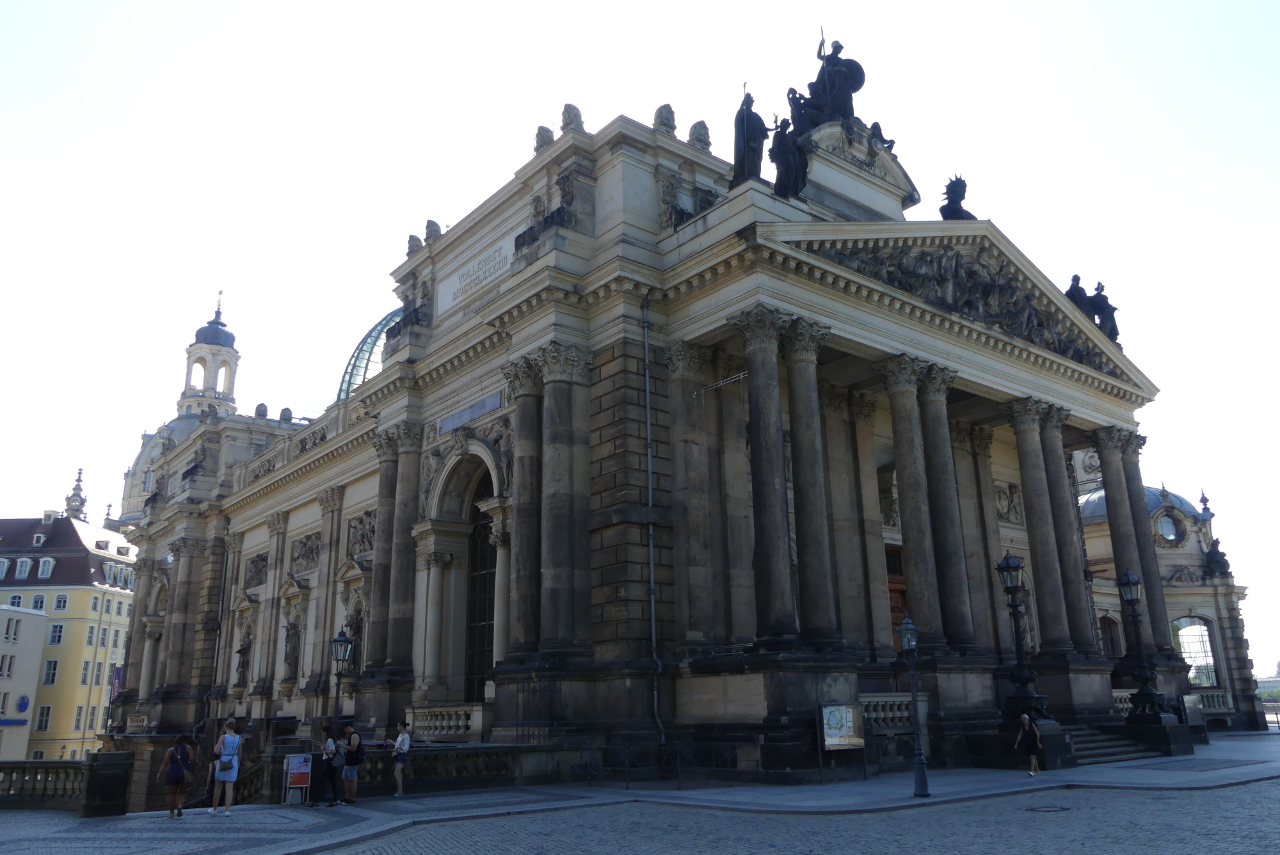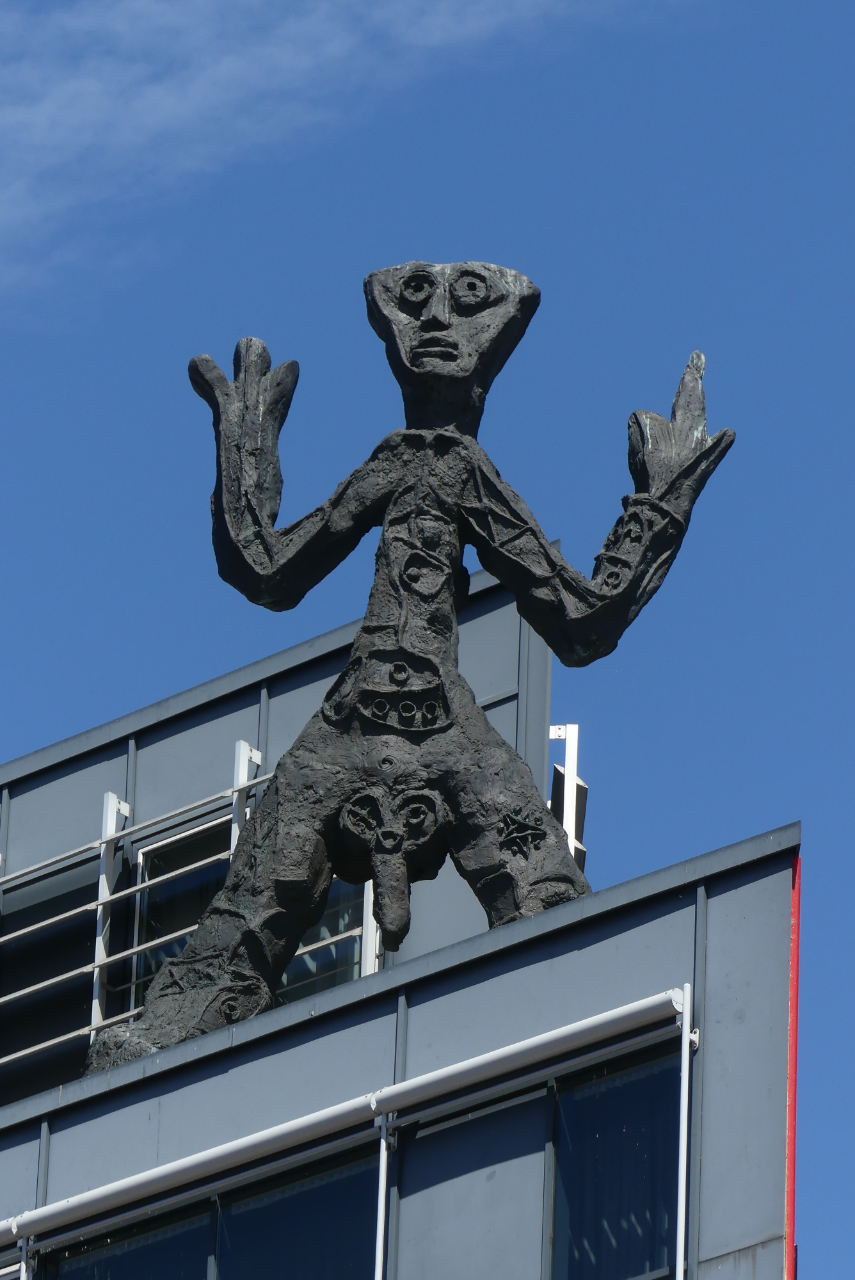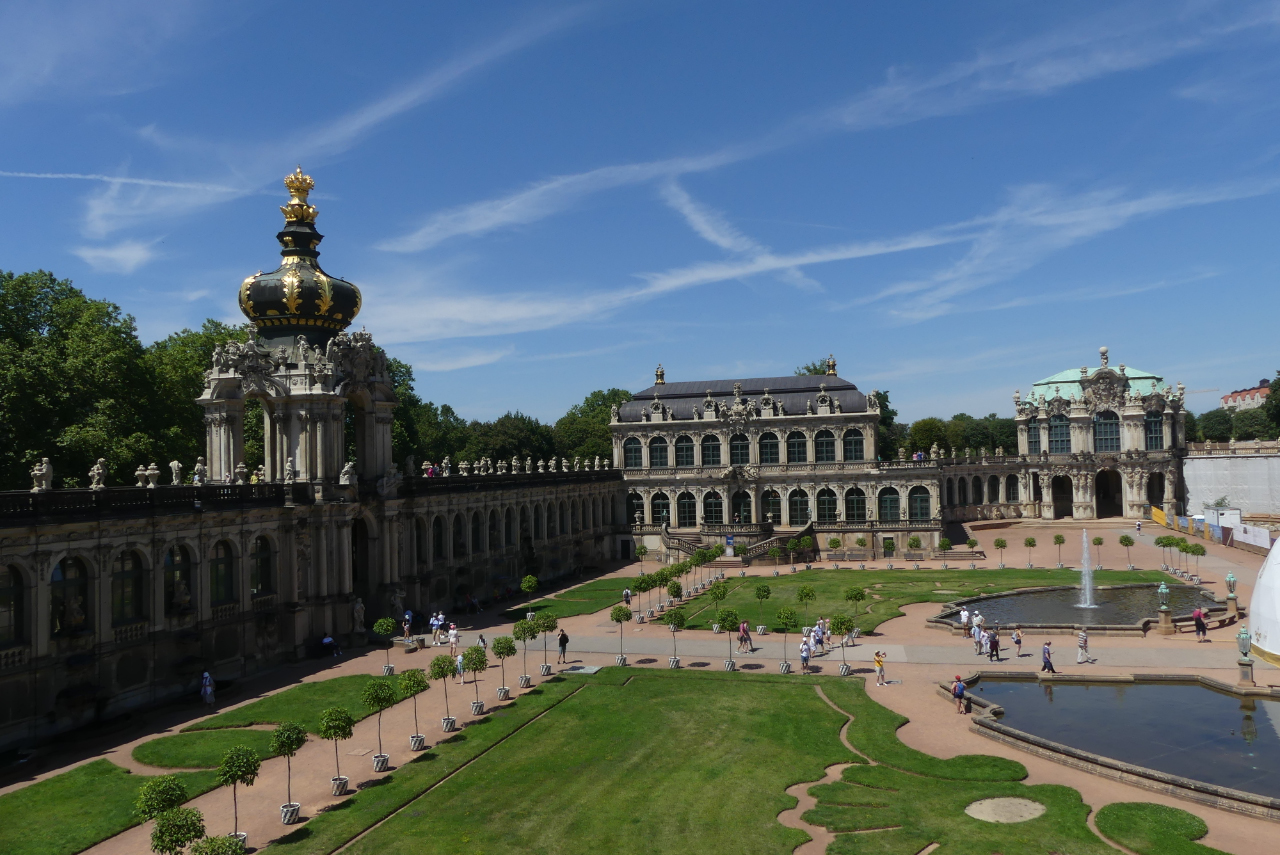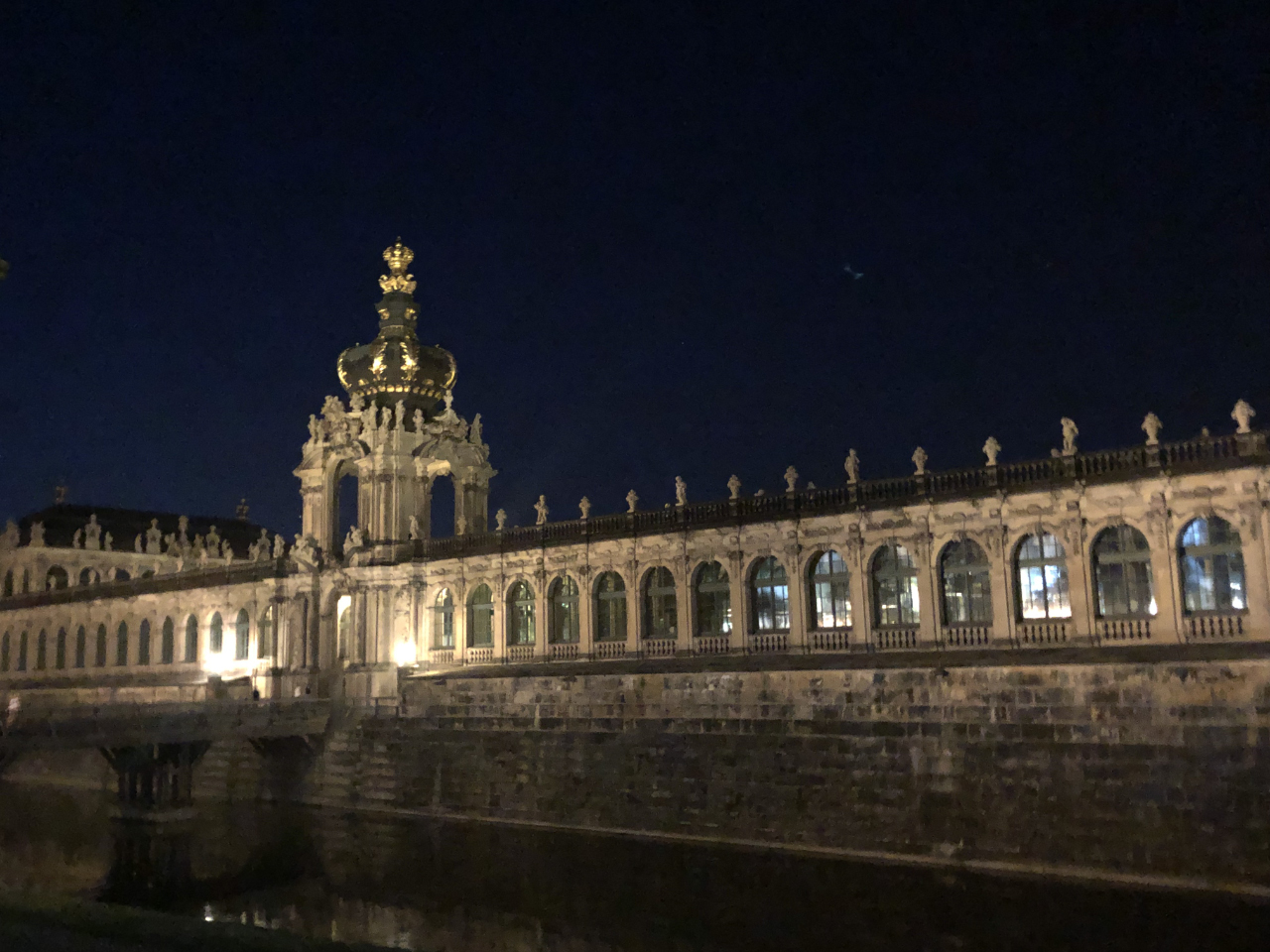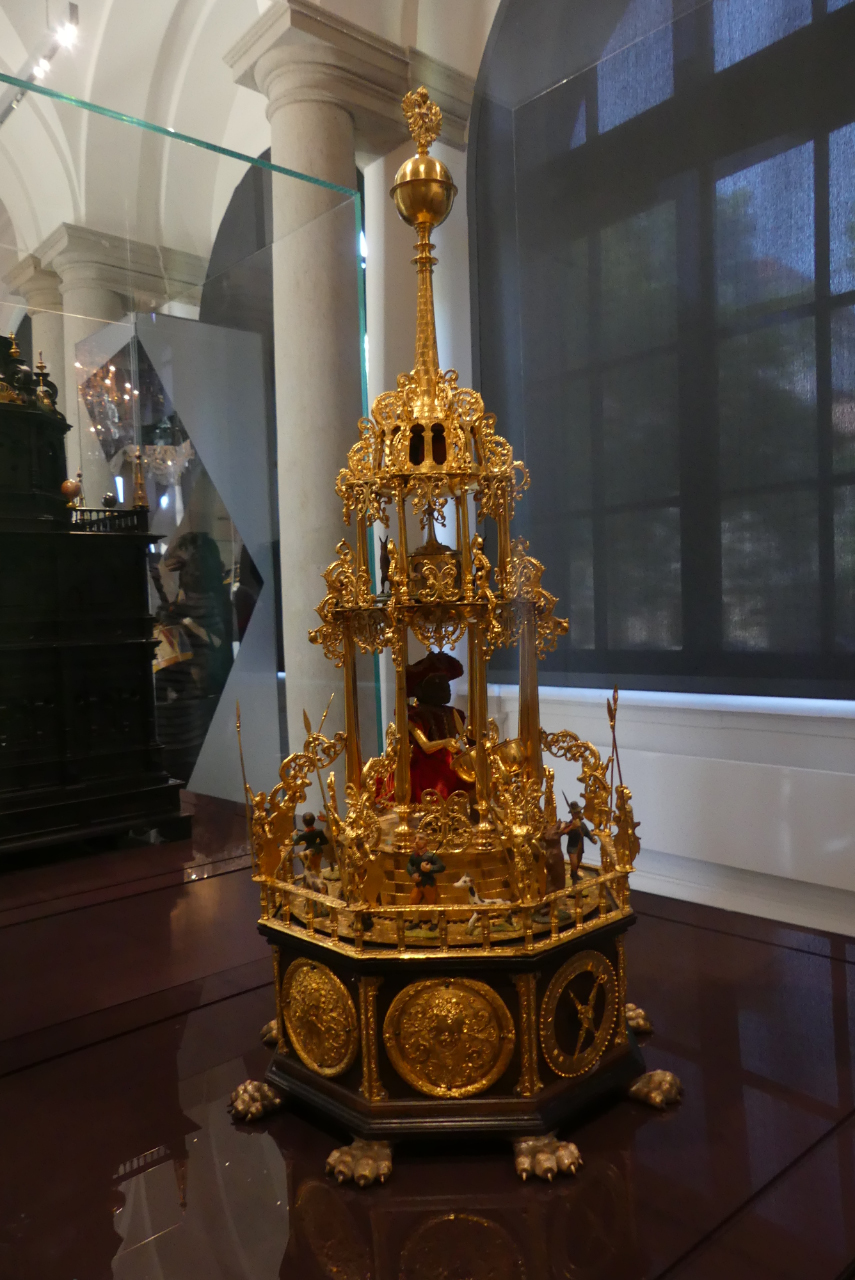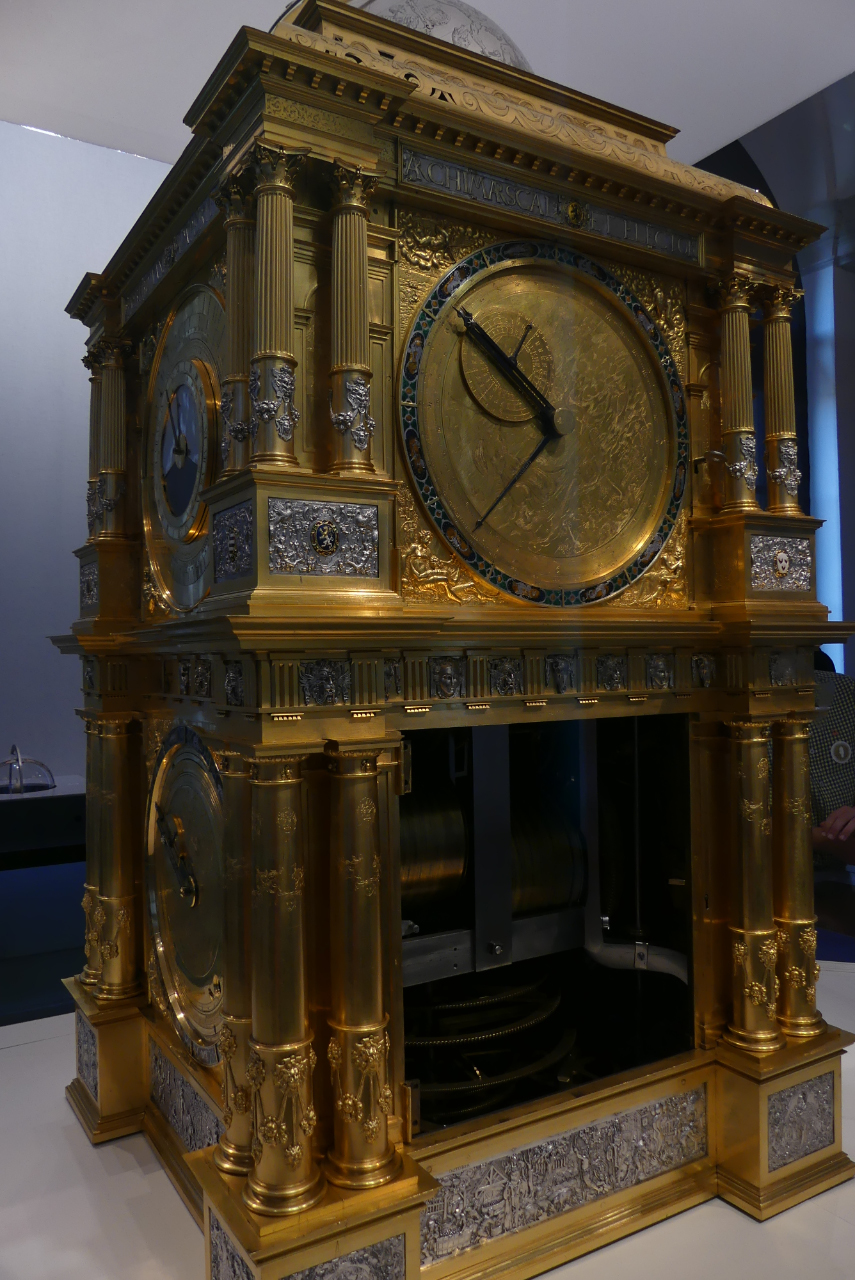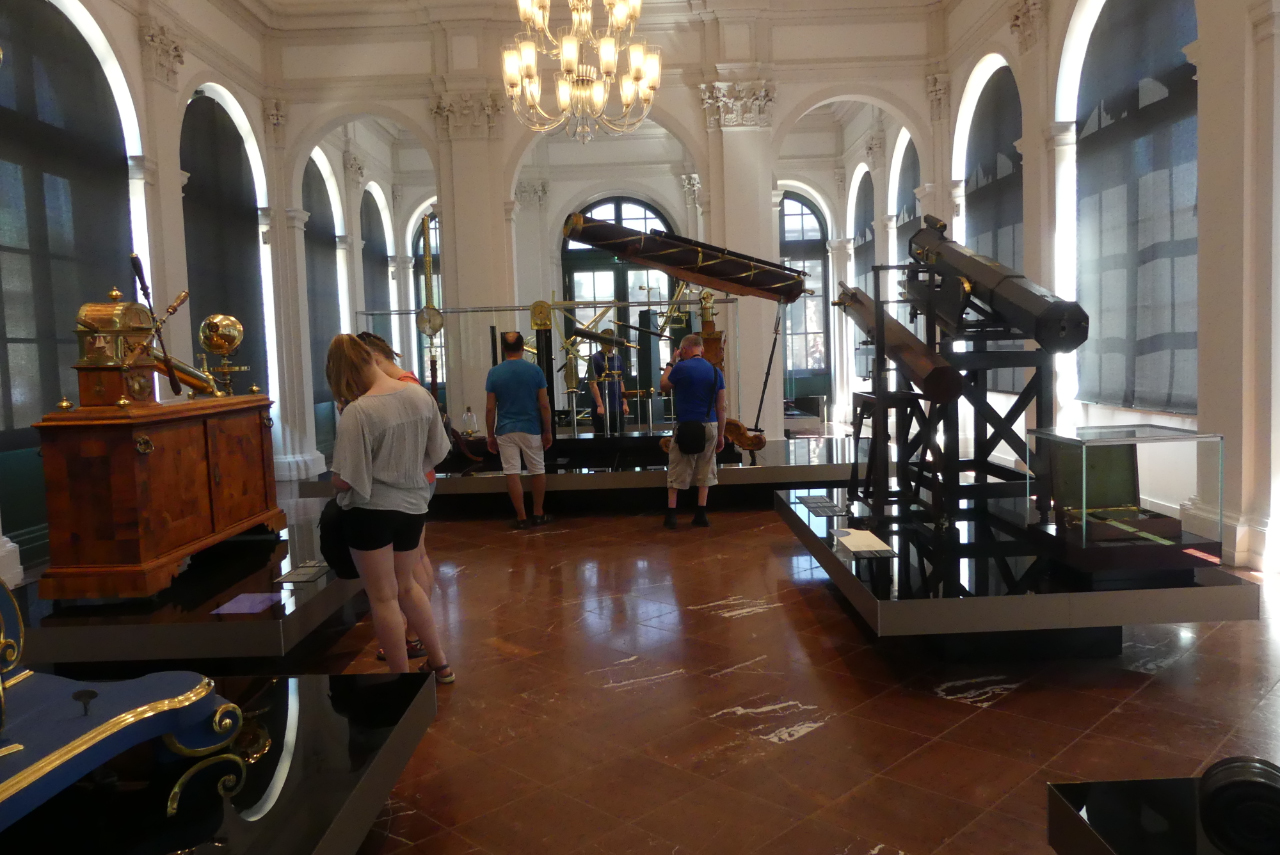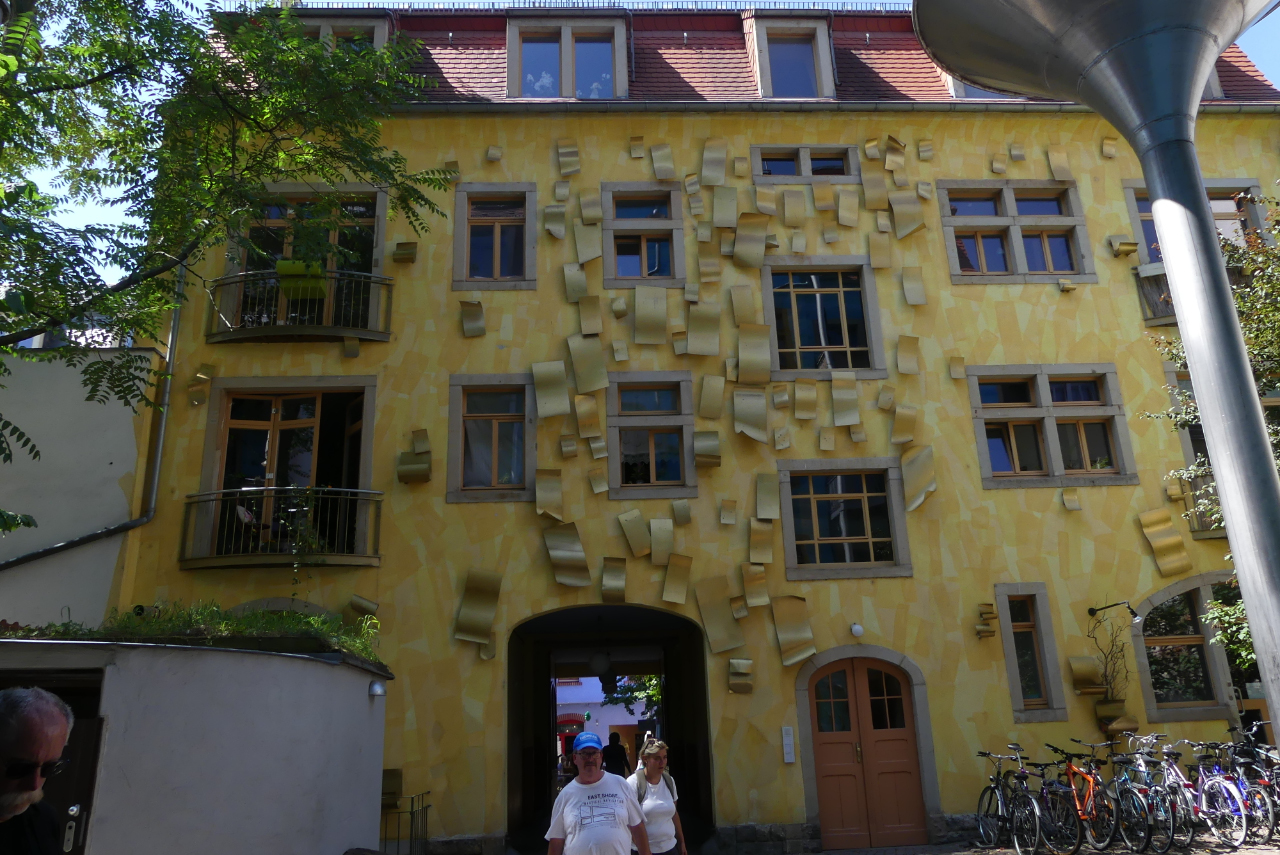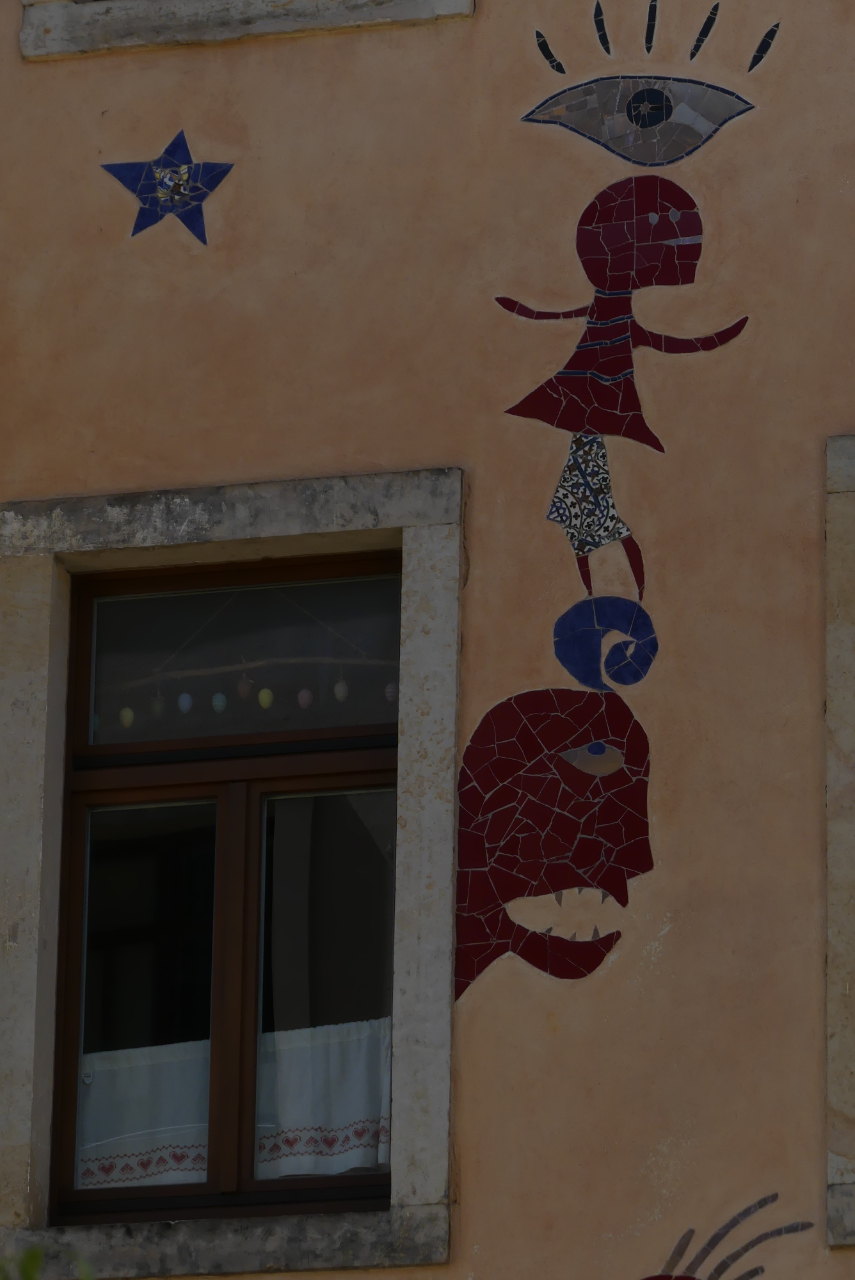23 to 26 July 2019
We had never explored the east of Germany, what was once the German Democratic Republic, or as we knew it East Germany. Our earlier journeys through Germany had been prior to reunification and East Germany, other than Berlin, was off-limits.
We relished the opportunity to explore outside Berlin.
Somehow, the car hire company had mistaken us for the staff of our temporary home at Hotel Ibis, rather than long term guests, so we were given a generous discount on the car hire. With great excitement we took off for a quick adventure.
The 200km journey seemed quite achievable, so we detoured to the Spreewald (Spree River Forest), also known as the Swamps. It is a delta of the Spree river where pine forests and grass lands have developed on sandy dry areas.
We made a stop for coffee at Bestensee, drove through Storkow and took a walk around a camp sight near Alt Schadow
In 1991, the Spree Forest was designated a UNESCO “Biosphärenreservat” (Man and Biosphere Reserve Programme). It is a popular holiday destination for Germans, boasting beautiful waterways and a centre of natural organic products. About 18,000 species of flora and fauna have been identified. [Wikipedia]
We arrived in Dresden in the afternoon with plenty of time and daylight to start exploring the city.
We found the Zwinger Palace just in time to hear the carillon of porcelain bells that are mounted on the inside wall of the main entrance. Magic!
The evening light was entrancing with domes glowing and buildings reflecting the afternoon light.
We wandered down to the Elbe River and treated ourselves to a drink and then dinner at the Hilton Hotel, overlooking the river. It was so pleasant sitting in the balmy air of a new city.
We wandered back to our hotel via the Neumarkt square which was full of restaurants. We came across Opera singers busking in the Schloßplatz, adding to the magic of this beautiful city.
It was an easy walk home in the evening light.
After a leisurely breakfast and a poor coffee, we wandered back into the city to explore the Zwinger and more.
One of the highlights of the palace is one of the most comprehensive collections of porcelain.
Much of it was collected by Augustus the Strong (1670-1733). It was removed for safe keeping during WWII, and transported to the Soviet Union as spoils of war. It was returned to Dresden (then in East Germany) in 1953.
I’m no expert of porcelain, however it was evident that this collection is special. Augustus sponsored efforts to discover the secrets of manufacturing fine porcelain such as the Arita and Imari styles from Japan. To this end he rescued and then imprisoned a young alchemist called Johann Friedrich Böttger. After much experimenting Böttger refined an approach to meet Augustus’ needs and a manufactory was established in Meissen, about 25km NW of Dresden, in 1709 (ref: https://en.wikipedia.org/wiki/Augustus_II_the_Strong)
Meissen has extensive local deposits of china clay (kaolin) and potter’s clay (potter’s earth). The city has become a household name for fine German porcelain, in particular the figures that make up pastoral scenes and street traders.
In the afternoon we took a guided tour of the magnificent Semperoper (Opera House). When we entered the auditorium we were asked to move quietly and stay silent as a rehearsal was underway.
The rehearsal was for West Side Story, performed by an Australian group on tour. We felt proud to meet them and engage in their excitement performing in such an amazing theatre.
We also visited the beautiful Frauenkirche (Lutheran church) and admired the architecture of the Galerie Neue Meister (Modern Art Museum).
Dresden is a modern city of the arts.
Day two saw us drive to Kurort Rathen on the south side of the Elbe river about 40km south east of Dresden. From here a motorless yaw cable ferry took us across the Elbe River to Rathen.
The day was warm so we paced ourselves and explored this beautiful village.
We walked around the Amselsee, a delightful trout pond but perfect for all sorts of water activities. The highlight for tourists is hiring a row boat.
We then climbed to the Bastel Bridge, an iconic rock of the Saxon Switzerland National Park. The Bastei Bridge was created by water erosion over a million years ago and it is now a famous and popular bridge that overlooks the Elbe River.
Once the largest rock castles in the region, Neurathen Castle (Felsenburg Neurathen), was first mentioned in 1755. Today only the rooms carved out of the rock, passages, the cistern and rebates for the timber of the former wooden superstructure have survived.
We came back to the Zwinger to see the Mathematisch-Physikalischer Salon (Mathematics and Physics Museum). Andrea had told us it was the best museum she had ever seen. It truly was inspiring.
Scientific instruments had been collected since 1560, started by Elector August of Saxony (1526-1586, ruled 1553-1586). He was interested in taking measurements of his holdings, so he used and devised instruments to assist him. He developed a surveying method Wagen Messkunst (The Art of Measurement by Carriage).
Over the years various electors added to the collection of instruments.
Princely Celestial Machines were used to acquire true to life images of the heavens, without complicated calculations. They also served as symbols of their proximity to God.
Instruments of (the age of) enlightenment ~1728-1900, large scientific instruments, including a burning apparatus and a vacuum pump as well as large telescopes were on display.
The museum prides itself as providing intensive engagement with questions relating to measurement, surveying, and astronomy, and their enthusiasm for elaborate mechanical devices.
We finished our last day with a visit to the Kunsthofpassage. It was completed in 2001 to bring life to old backyards by creating a passage way to house cafés, shops, galleries and art houses. The surrounding houses are colourfully painted, providing an eclectic view of this wonderful city.
We returned to Berlin after an excellent 4 day, 525km journey.
e_header.jpg)

